
I don’t claim to know a lot, and like to treat every day as a school day, but if there’s one thing that I know for sure, it’s that heat is one of the biggest enemies of any performance car.
Heat management is often one of the most overlooked areas when it comes to modifying cars, and in particular modern vehicles which often leave the factory with significant overhead in the performance department. While a new water radiator might not get you the same amount of likes on social media as a big new turbocharger, it could well prove more beneficial in the long run by allowing you to go faster, for longer.

One particular fleet of cars where owners are quick to extract power, but often overlook heat management, are the Volkswagen Group’s MQB platform of performance models, which encompasses the third generation EA888 TSI powered Volkswagen Golf Rs, GTIs, Seat Leon Cupras, Audi TTs, S3s, and Škoda Octavia vRS’ from around 2014 onwards.
Simple software tweaks on these aforementioned models can often see comfortable power gains of up to 30% without hardware changes, and the software tuning industry built around these cars is understandably big business. There is a catch, however…
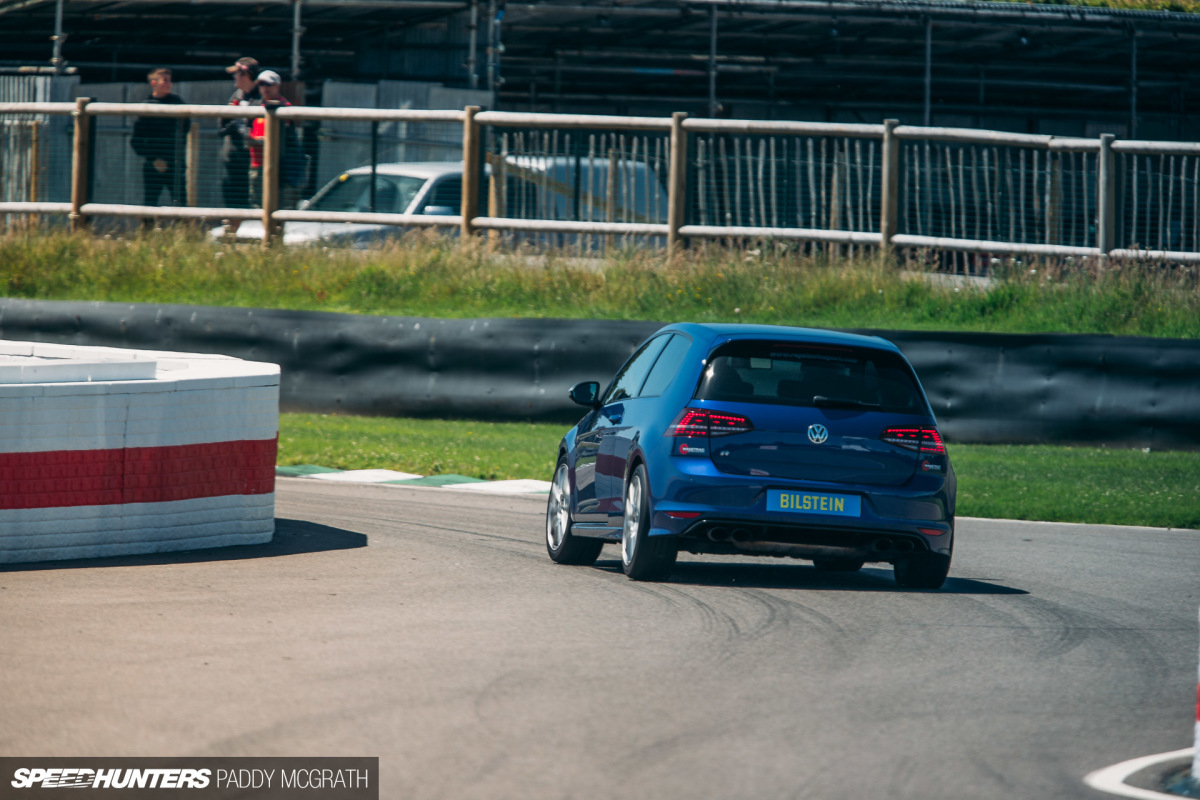
Even a ‘Stage 1′ tuned car with no hardware upgrades will generate far more heat than a stock car. As the useful energy the engine makes increases, as does the not so useful wasted energy – mostly in heat. Move onto stages two and three and heat management becomes a vital part of the puzzle, but one which I often see being completely disregarded. Why?
Well, for starters, most owners aren’t aware. The water temperature gauges in these cars are notoriously devious and don’t display accurate temperature readings, preferring to sit at a steady 90-celcius (or 195-fahrenheit) despite actual temperatures being much, much higher. This is mostly to stop run-of-the-mill owners flipping a lid when the car registers 100 degrees rather than 90, but it’s not so useful for performance enthusiasts who might recognise that they should chill out as temps increase.
Further to this, the cars are not designed to have adequate oil cooling outside of road use and depend on the water cooling circuit to manage oil and gearbox oil temperatures (in the case of DSG equipped cars) via small heat exchangers that become quickly overwhelmed with enthusiastic driving.
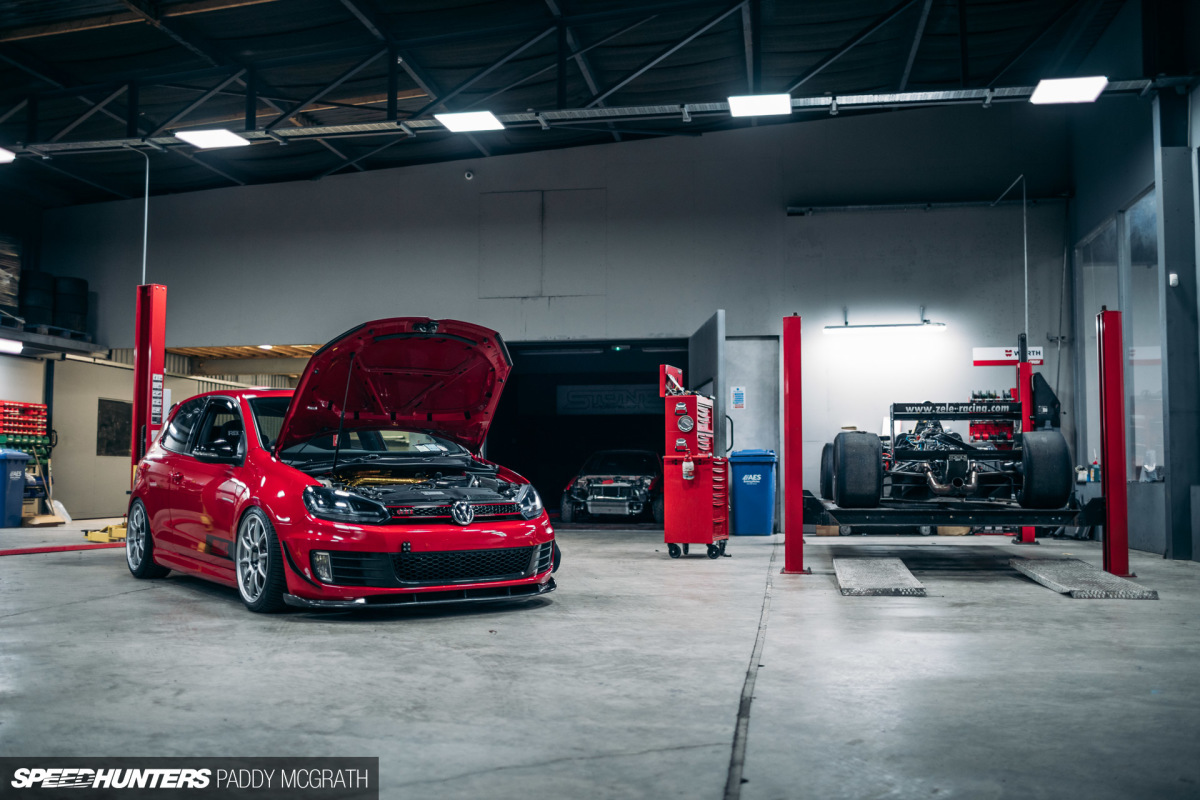
I’m all too familiar with trying to address these issues with my previous generation Golf, Project GTI, as is Ash Stewart at Regal Autosport in the United Kingdom. Ash’s daily-driven track car is a MK7 Golf R – which he kindly loaned me as a courtesy car some years back, where I inadvertently mistook his MPH speedometer for KM/H, but that’s a story for another day – and sees plenty of track time across the UK.
As long as I’ve known Ash and the car, he’s always had to be extra considerate with regards to temperatures on track, which has lead to the development of a new cooling system for the MQB cars with CSF.
“We started to develop this system because of the issues I was having with cooling. For the past couple of years, within three ‘hot laps’ at the track, the oil temperatures would reach 130°C (266°F) and then uncontrollably rise to 145+°C (293+°F). Once hot, I would have to spend the day driving at 4500-5500RPM [the stock MK7 R limit is 6800RPM, with Ash's limiter raised to 7500RPM] to manage oil temperatures, which is hardly exciting!”
“The stock water temperature dial isn’t accurate, it shows 90°C (195°F) but when you log it could be in excess of 110°C (230°F) and I have even heard cars of higher powered cars track running 140+°C (284+°F), the cooling system could be considered a ticking time bomb” Ash said. Personally, I can’t imagine the stress the stock pipework, plastic housings and seals must be under at those temperatures. It’s a wonder they stay in one piece.
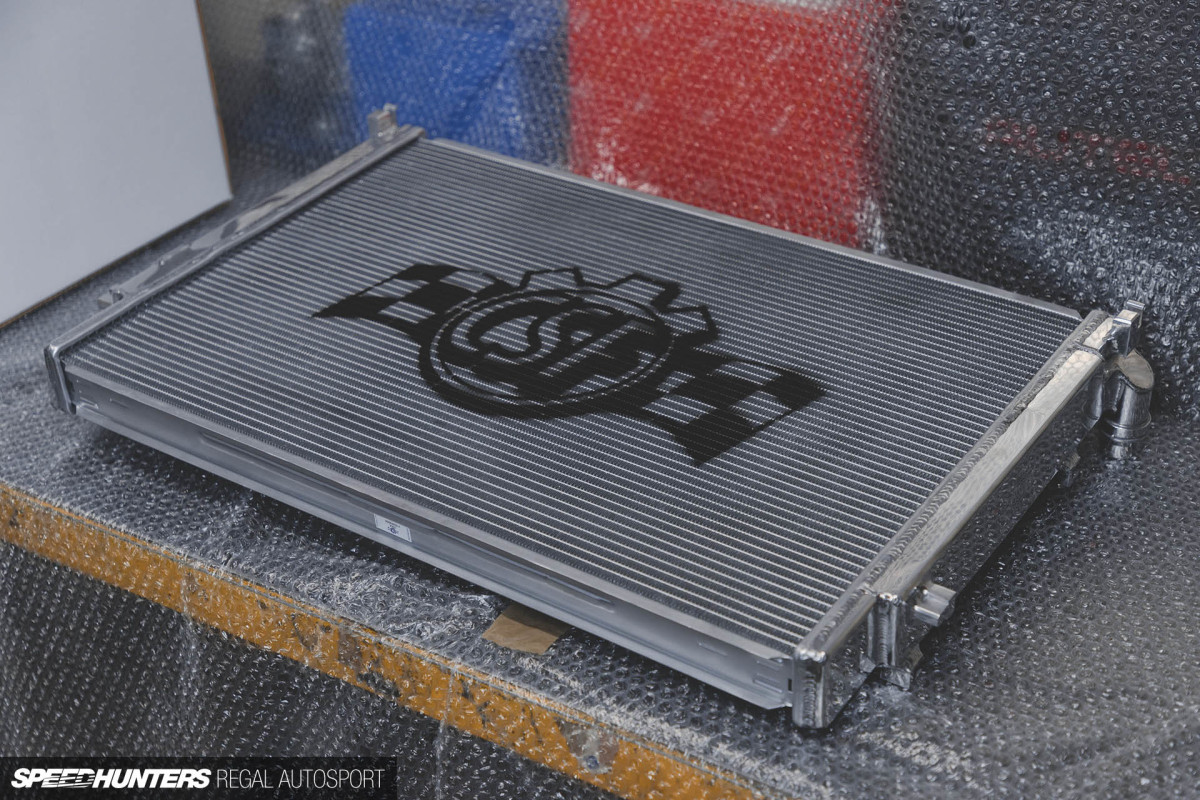
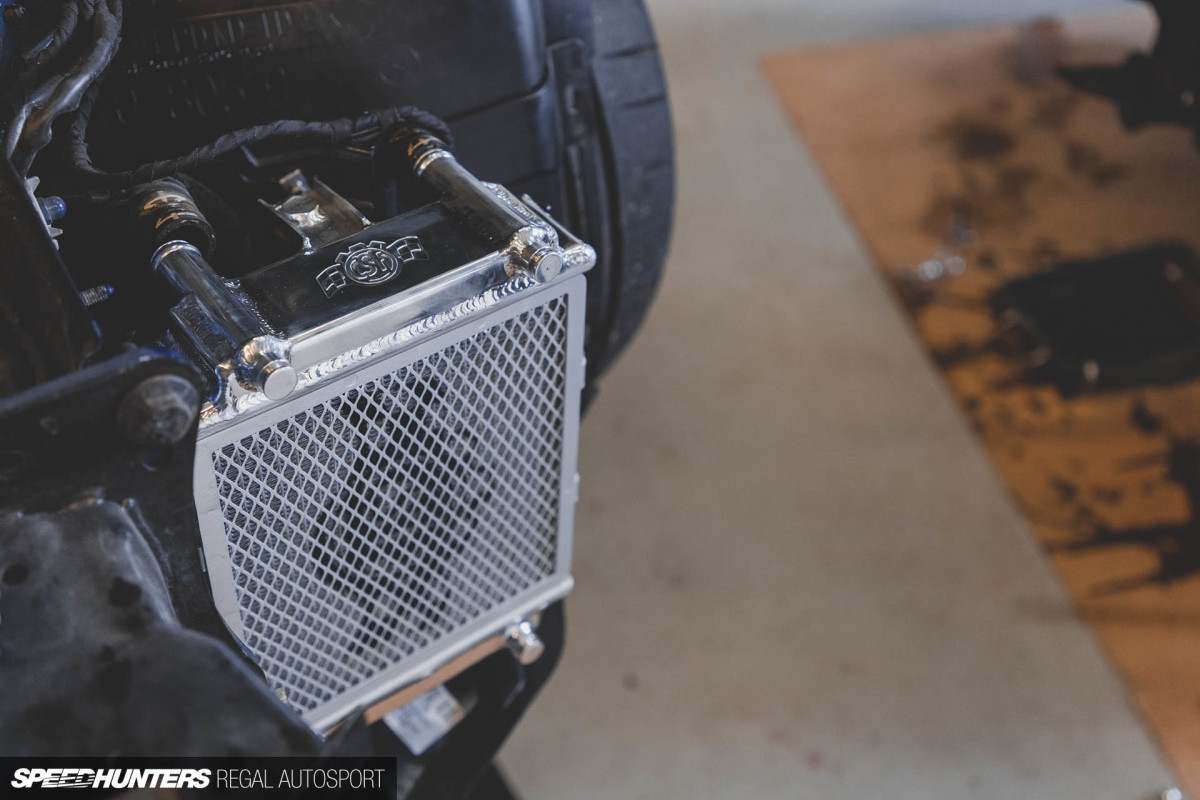
With these issues outlined, Regal Autosport worked with CSF to understand why these cars were running so hot. Ash continued “We noticed that the stock cooling system has a tonne of work to do. The engine water coolant circuit has to cool the engine, the exhaust gasses that come out of the head (as the exhaust manifold is integrated into the head for faster heat up/lower EGTs for emissions) as well as the DSG transmission.”
“It has a lot of work to do, and once you increase thermal load through increasing power output and then improve the car’s handling so that it’s operating at that higher load for longer, you will have a cooling problem.”
“The solution was to upgrade each radiator the MK7 Golf R has. It has 3 coolers, one main engine water radiator and two auxiliary radiators positioned either side of the bumper. On DSG cars, the RHS (as you sit in it) is an auxiliary engine radiator, while the LHS uses the engine water to cool the DSG (on manual cars it’s another auxiliary engine radiator).”
“This setup is the same for the 8V S3, but the standard MK7 GTI has just one radiator while with Performance Pack/Clubsports, Leon Cupras and TT S models have two coolers with the option to retrofit an additional third cooler using OE parts.”
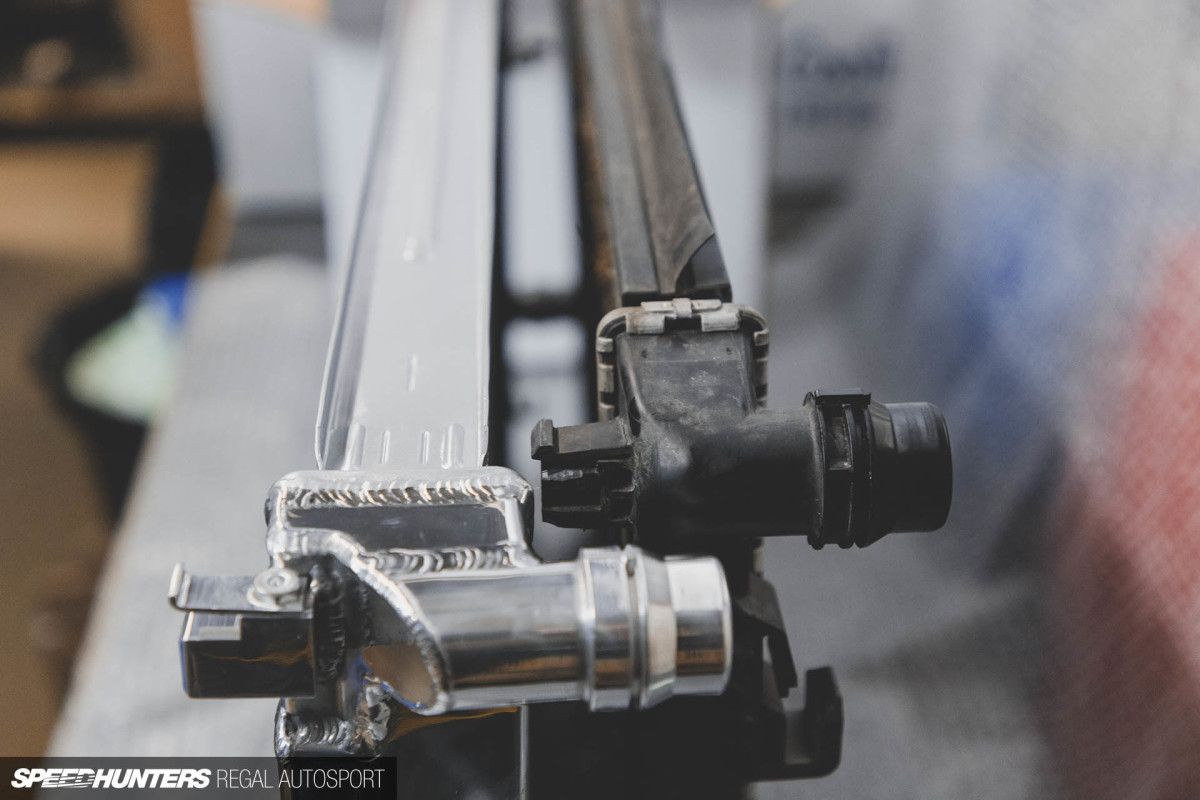
What differentiates the CSF radiators to the factory items, despite being able to fit into the same locations without the need for modification, is their use of multi-pass and B-Tube technology. For example, the factory main engine water radiator is a single-pass, one row 26mm core where the CSF all-aluminium radiator is a triple-pass, two row 42mm B-Tube core. This offers a huge increase in available surface area, despite fitting into the same space as the factory radiator.
‘B-Tube’ is an important point of difference. Rather than using conventional flat tubes, CSF use a tube that has an additional pillar inside, almost making two smaller tubes in the one. It resembles a ‘B’ shape, hence the name. Rather than something to hang a marketing hat on, this ‘B-Tube’ technology means CSF has more surface area and stronger tubes to play with. The tube stiffness and strength is important as it allows them to use thinner tube walls and further increase heat rejection from the core. Couple this with a larger core size, and it’s a win-win situation.
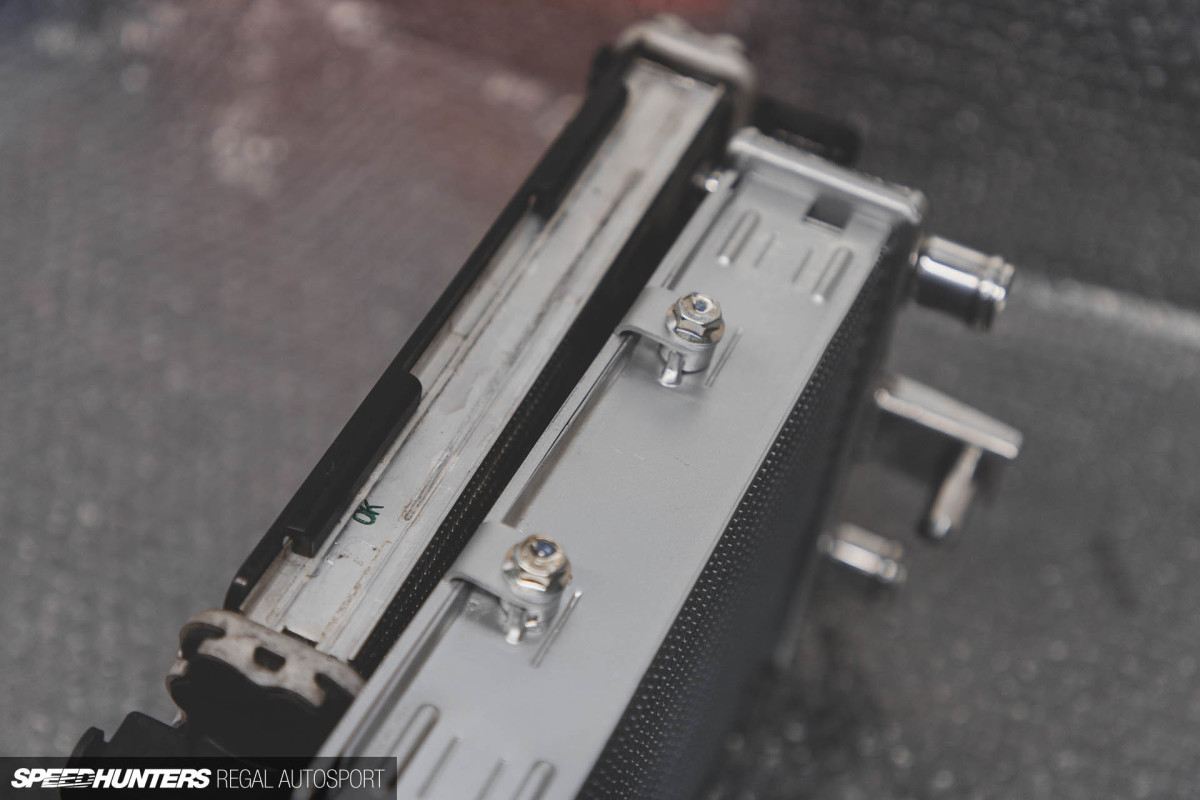
Similarly, the factory DSG / auxiliary engine cooler is a dual-pass 26mm one row core item, versus CSF’s is a quadruple pass, 42mm two row core cooler with B-Tube technology. This results in a 42% increase in flow area and a 36% increase in heat rejection. The CSF cooler can also be used on either side as a DSG or auxiliary engine water cooler.
With the full CSF package installed on his MK7 R, Players Classic at Goodwood was the first major test for the car. It also happened to be one of the hottest days of the year in the UK.
“With the package fitted, water temperatures never rose above 100.5°C (213°F), no matter the ambient or how hard the car was driven. DSG oil temperatures rose and fell in-line with engine water temperatures. Oil temperatures, which were a huge limitation on how hard I could drive the car before, and for how long, were no longer an issue, running stable between 120°C -130°C (248°F-266°F)”.
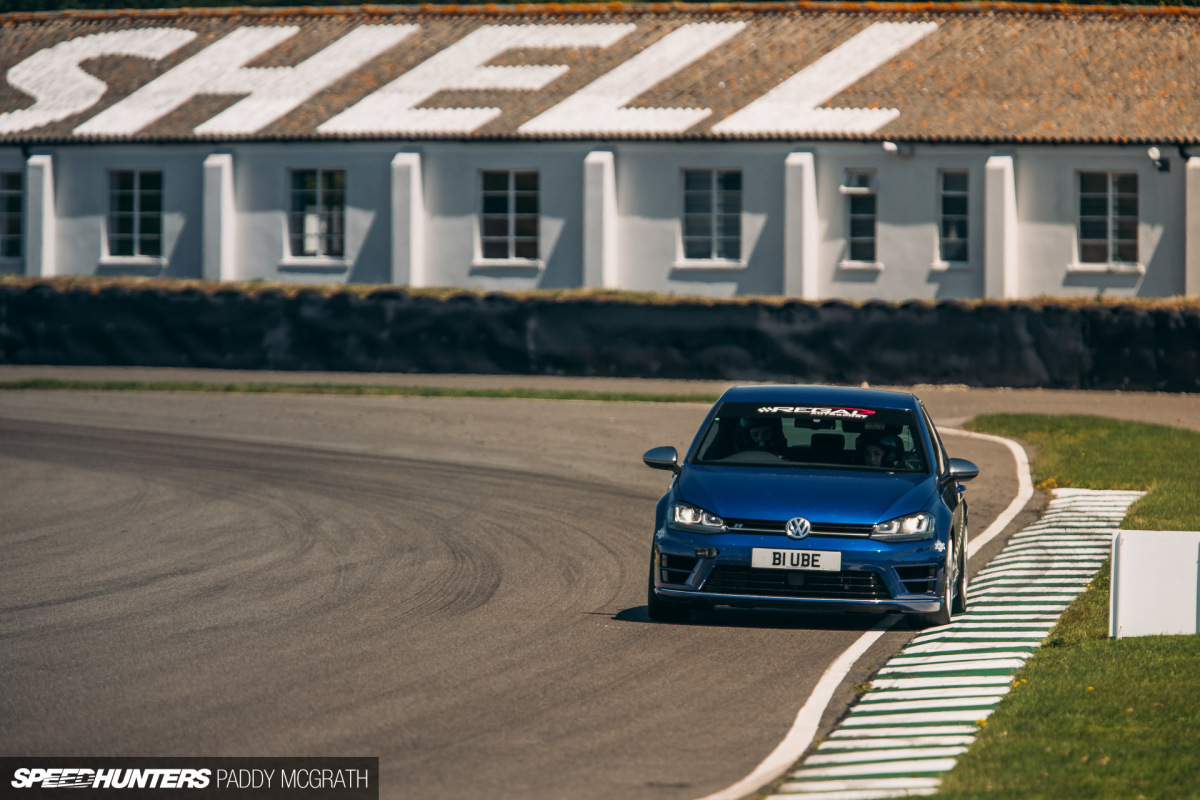
“The car is fun to drive at the track again as I can use all the revs, all of the time without having to watch temperatures. At Players, we completed around 80 laps of Goodwood Motor Circuit, using three tanks of fuel and with zero cooling problems” Ash concluded.
There’s a lot of satisfaction to be found in identifying a problem, understanding it and then creating a complete solution which neatly resolves things. It’s even more satisfying to be able to use all of the power in your car, all of the time without having to worry about heat issues. This is one instance where improving cooling has actually resulted in not only greater engine safety, but faster lap times.
For more technical details, specifications and compatibility, visit the MQB section on CSFrace.com.
Paddy McGrath
Instagram: pmcgphotos
Twitter: pmcgphotos
paddy@speedhunters.com
This story is brought to you in association with CSF, an official Speedhunters Supplier.


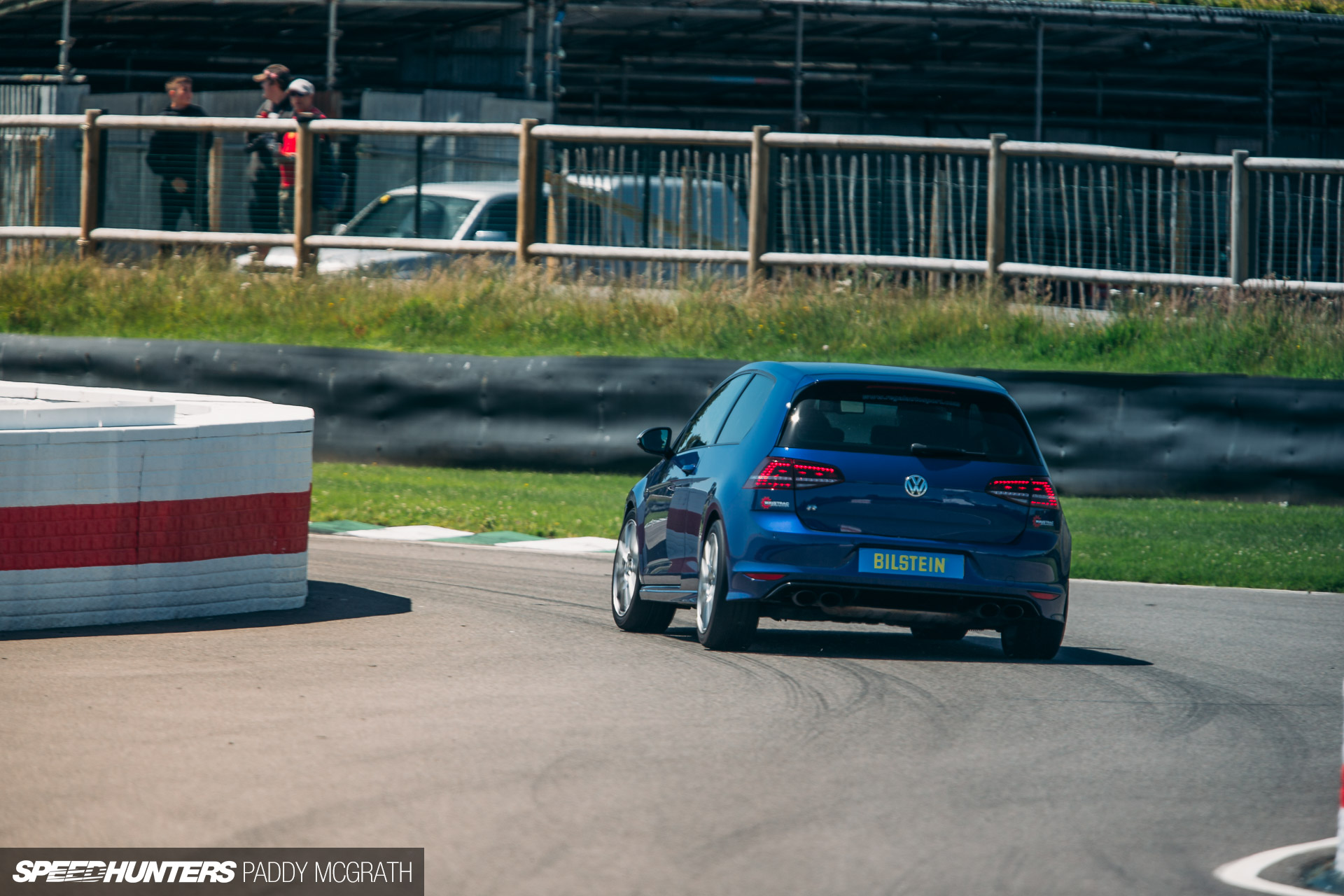
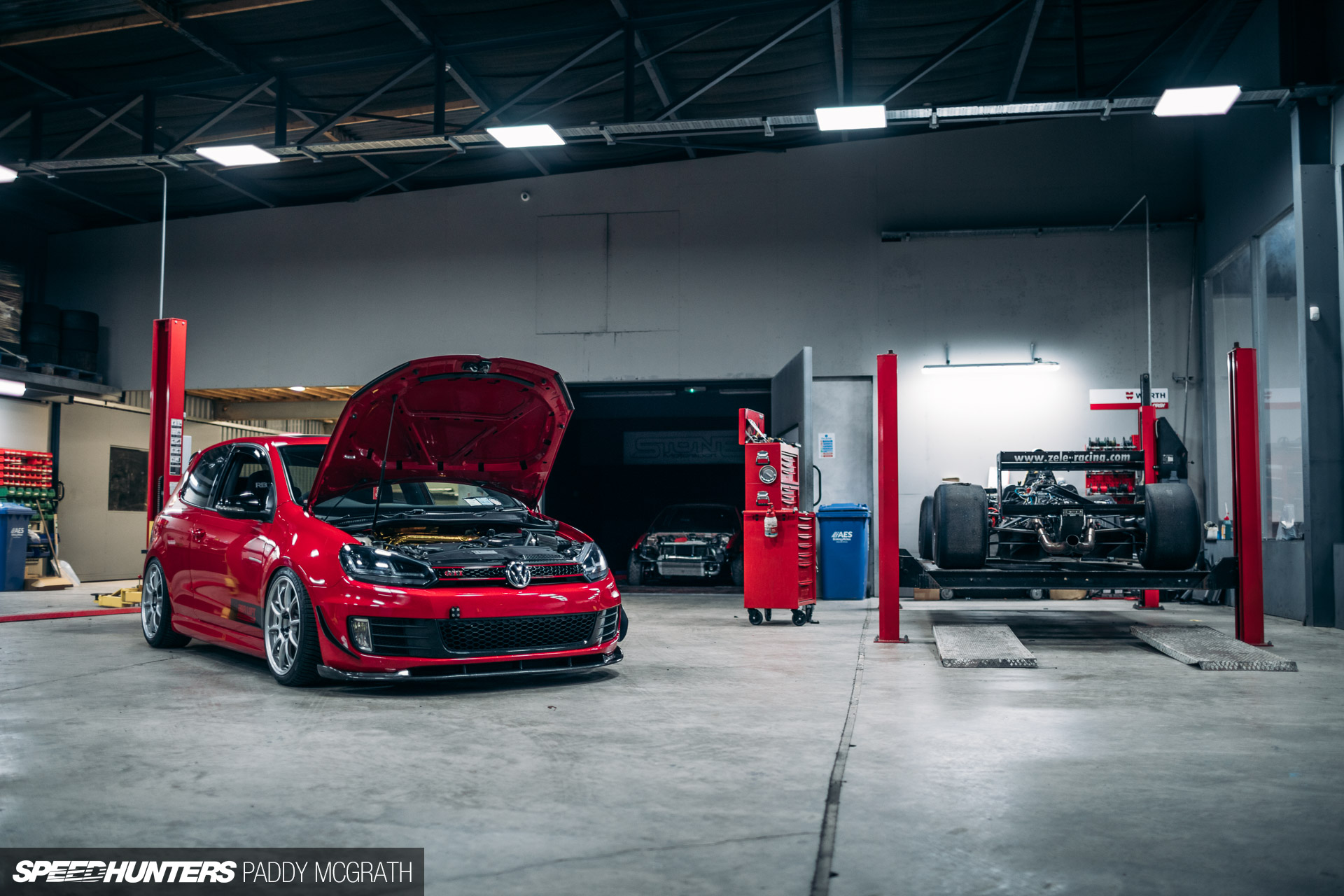
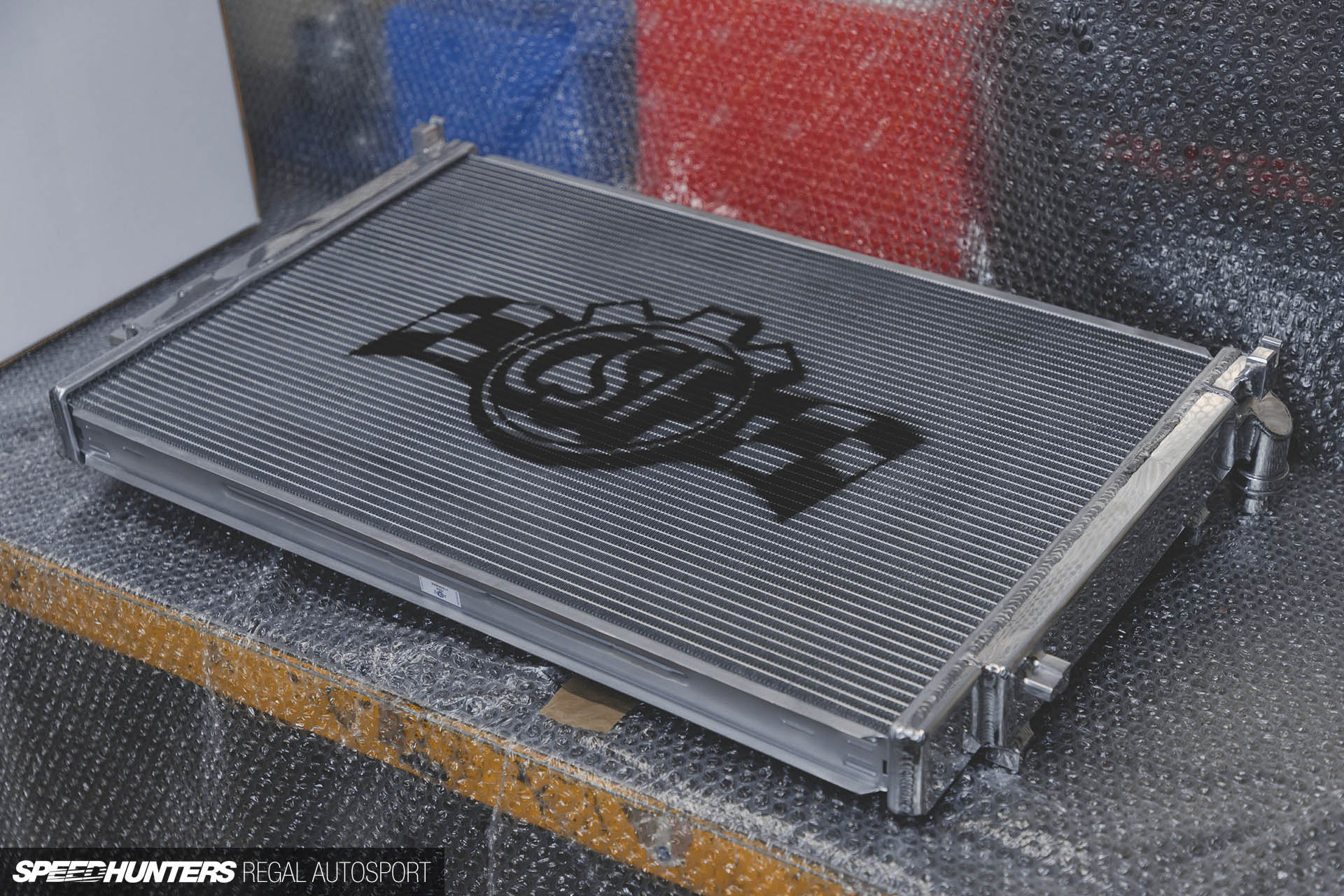
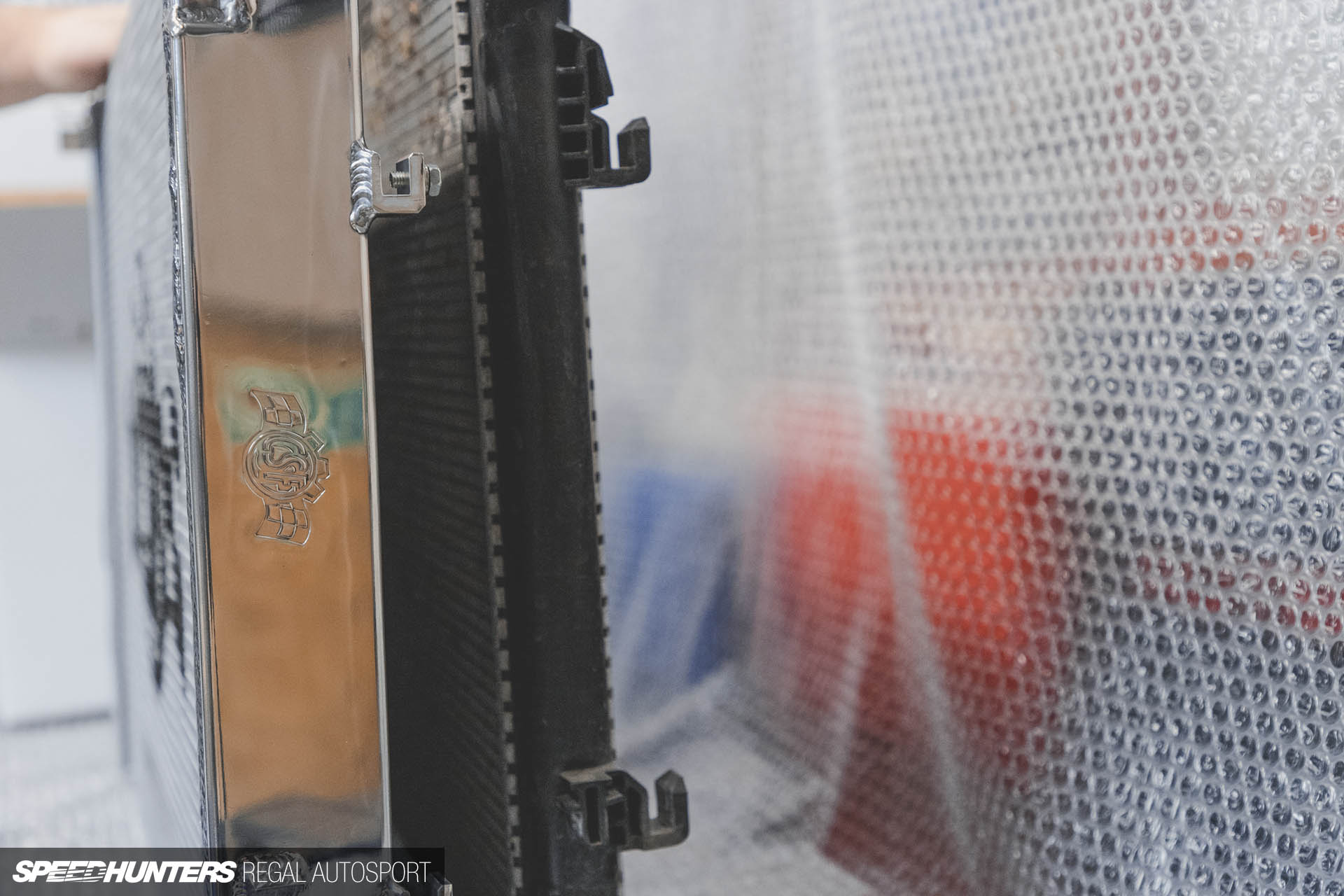
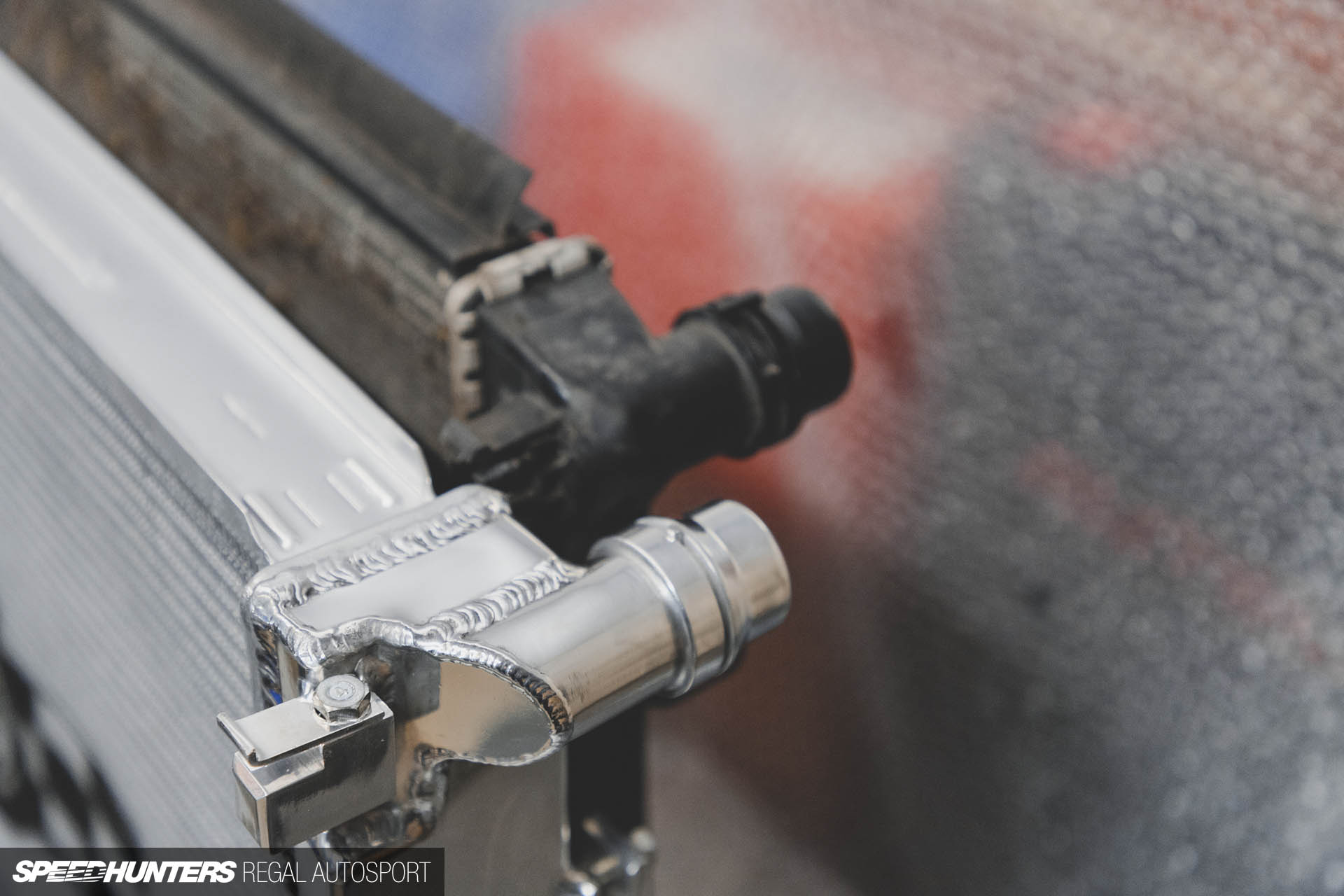
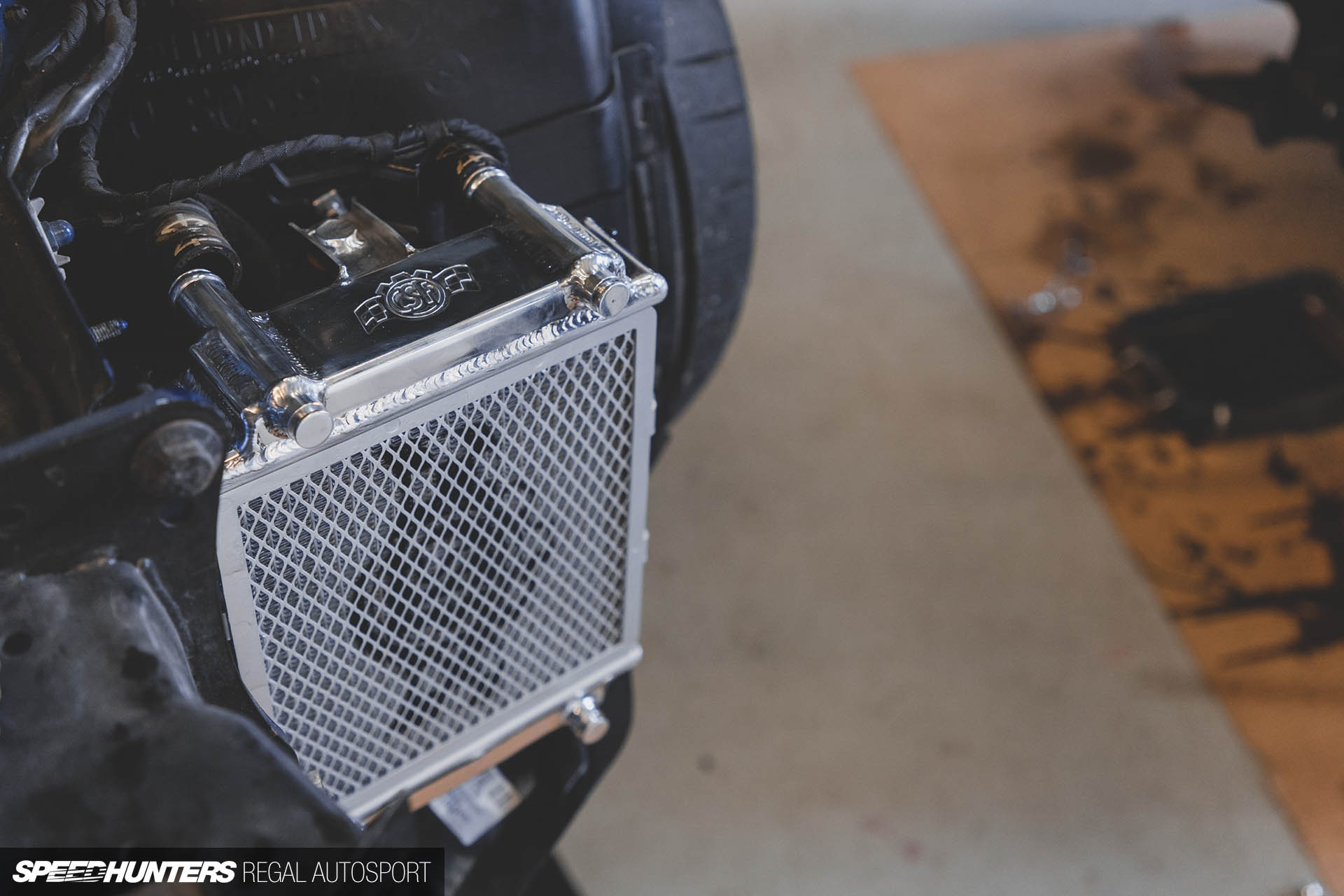
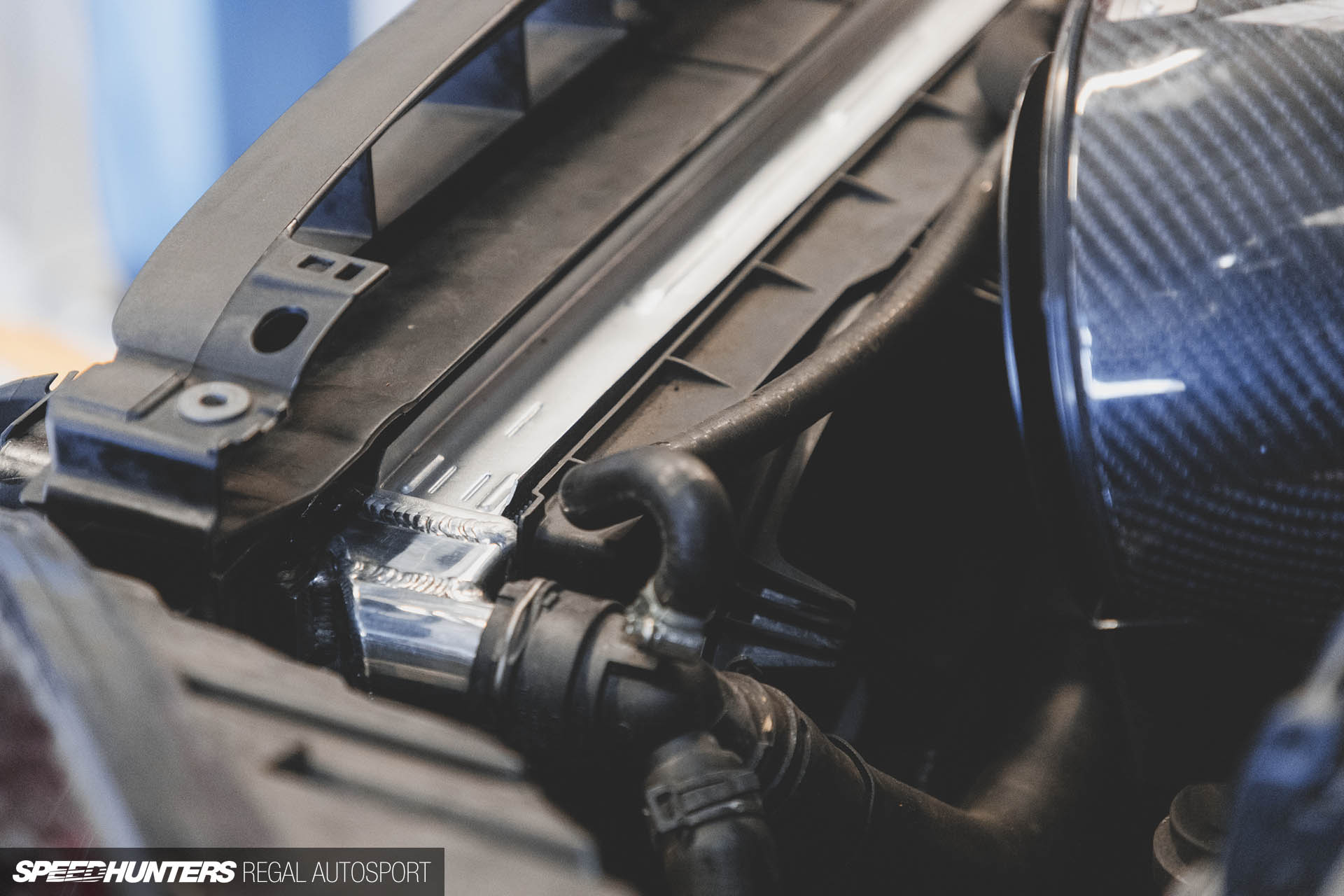
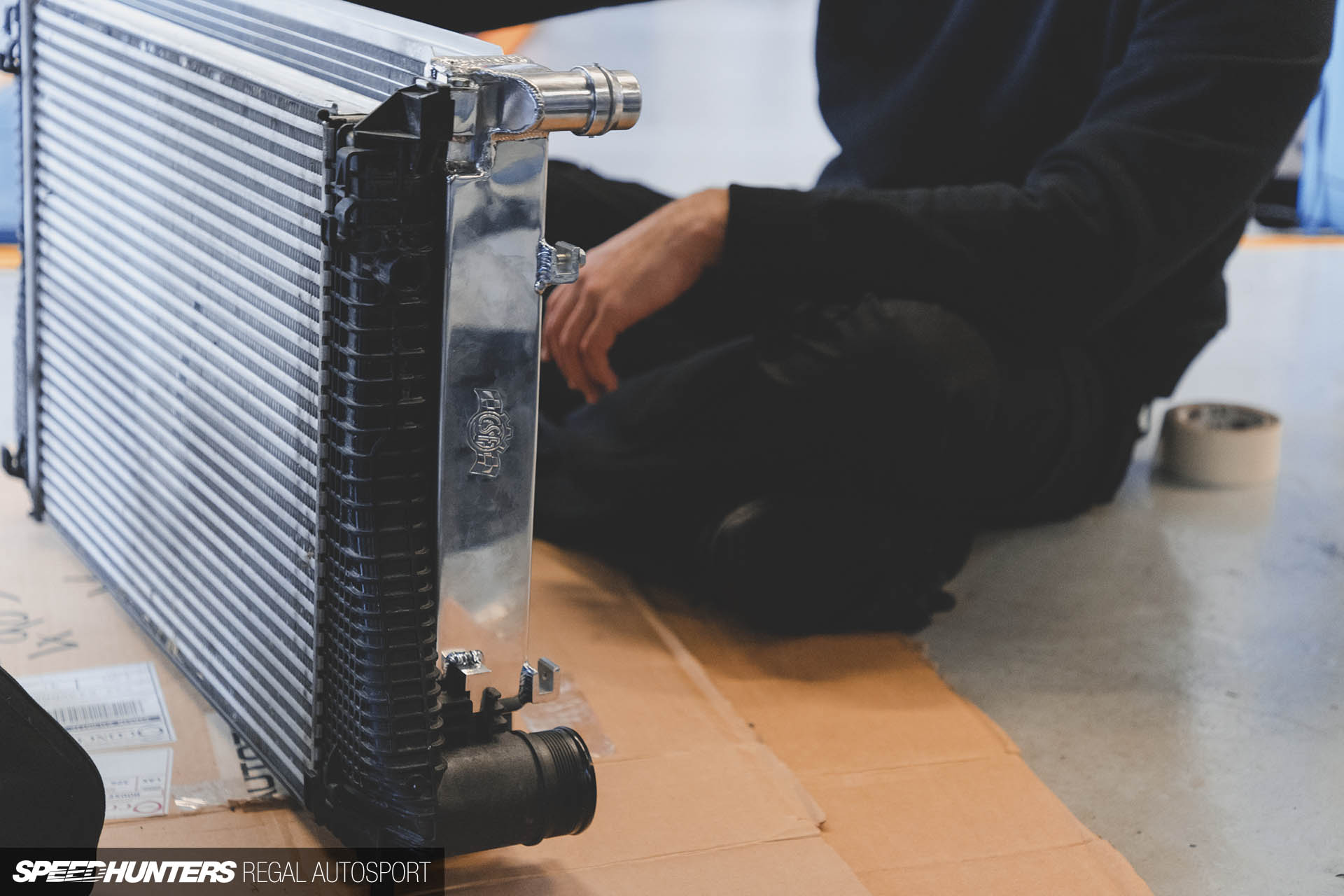
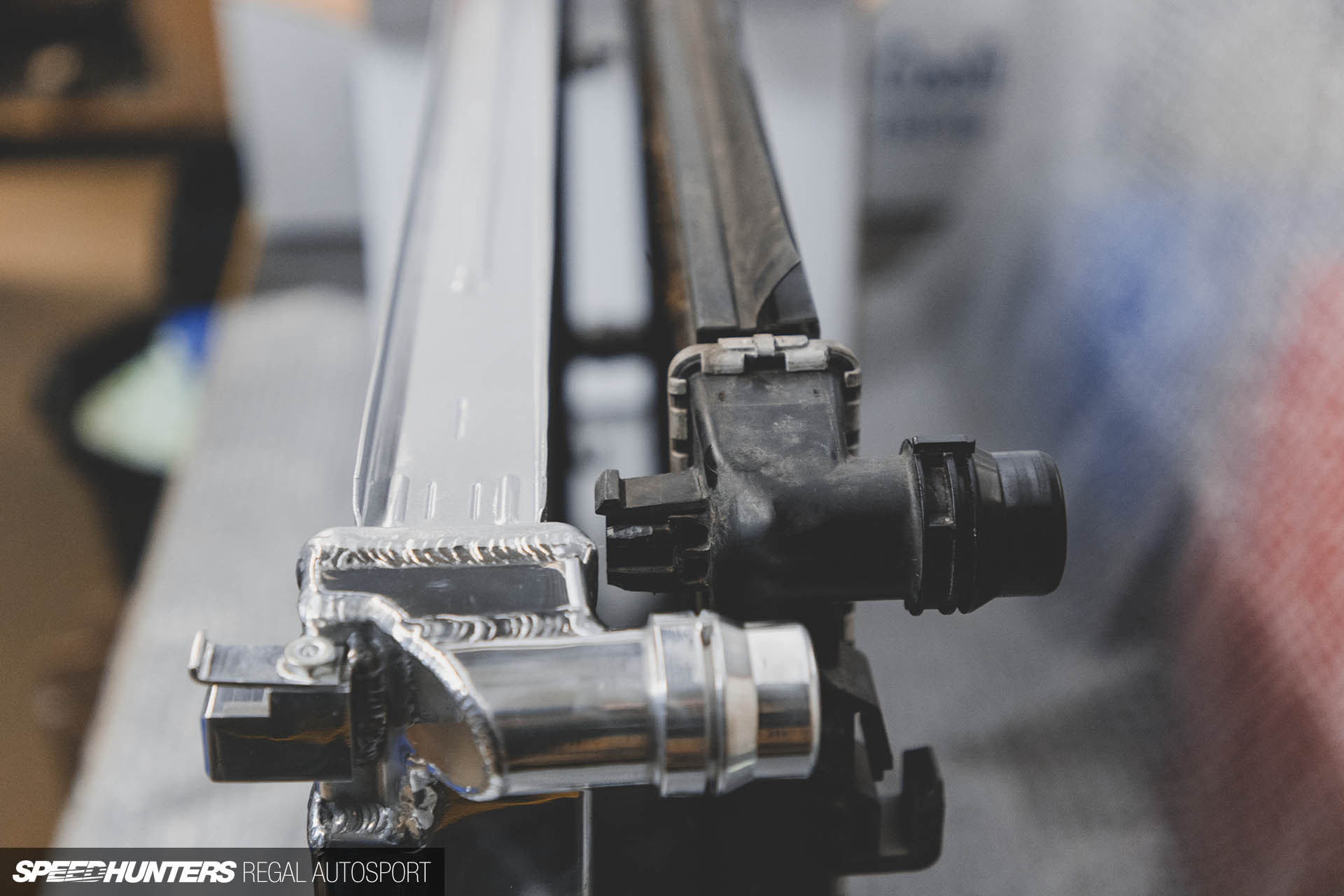
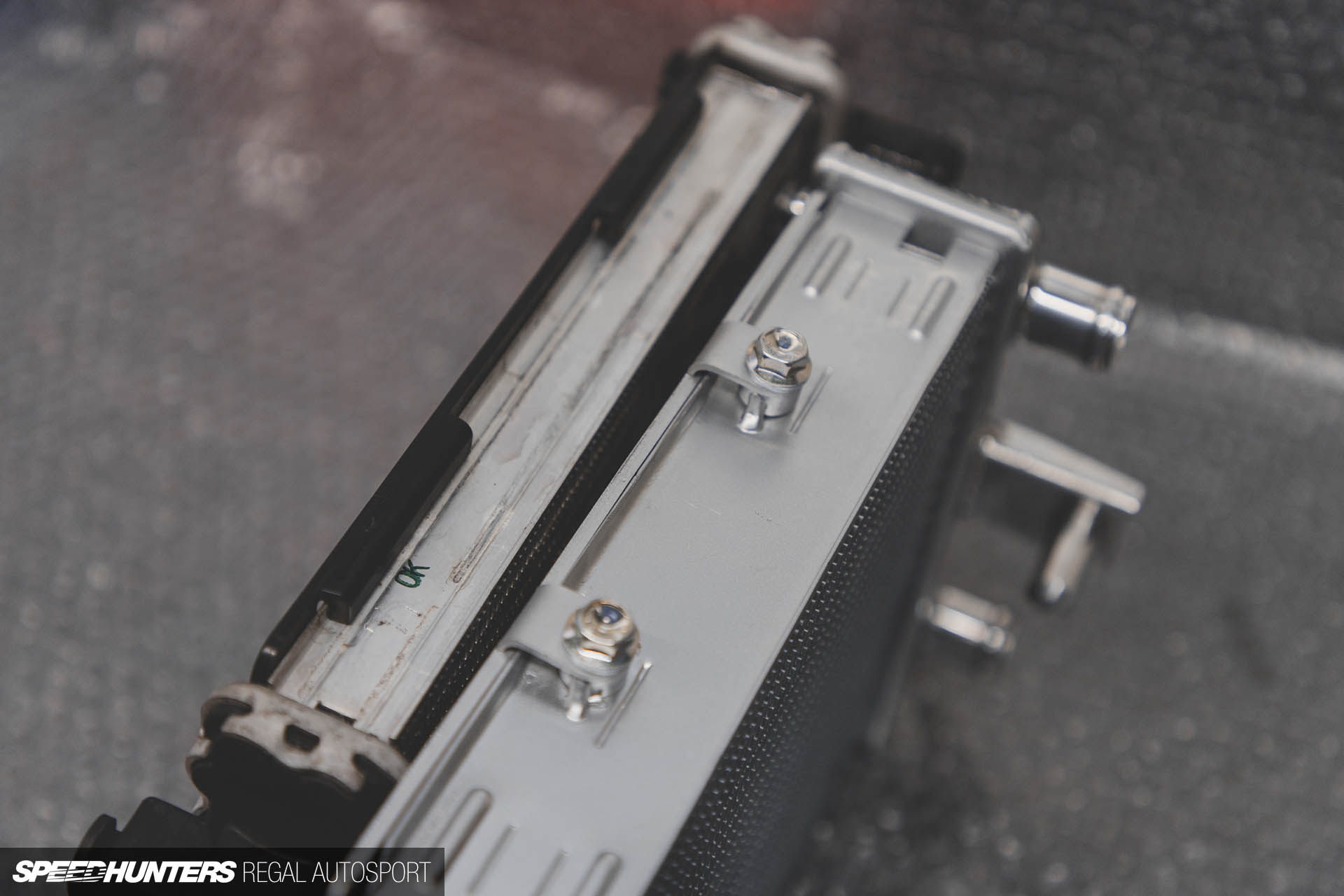
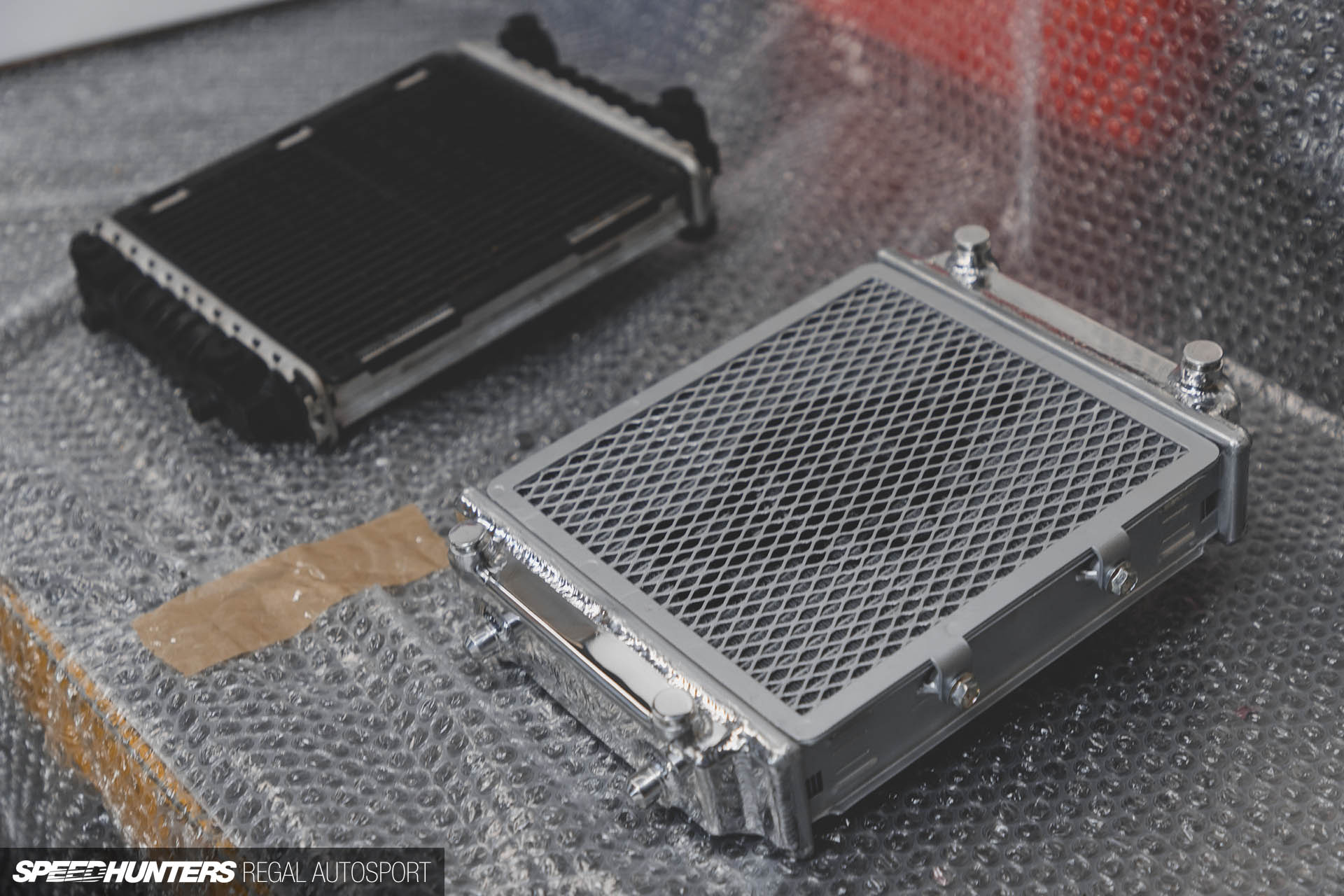
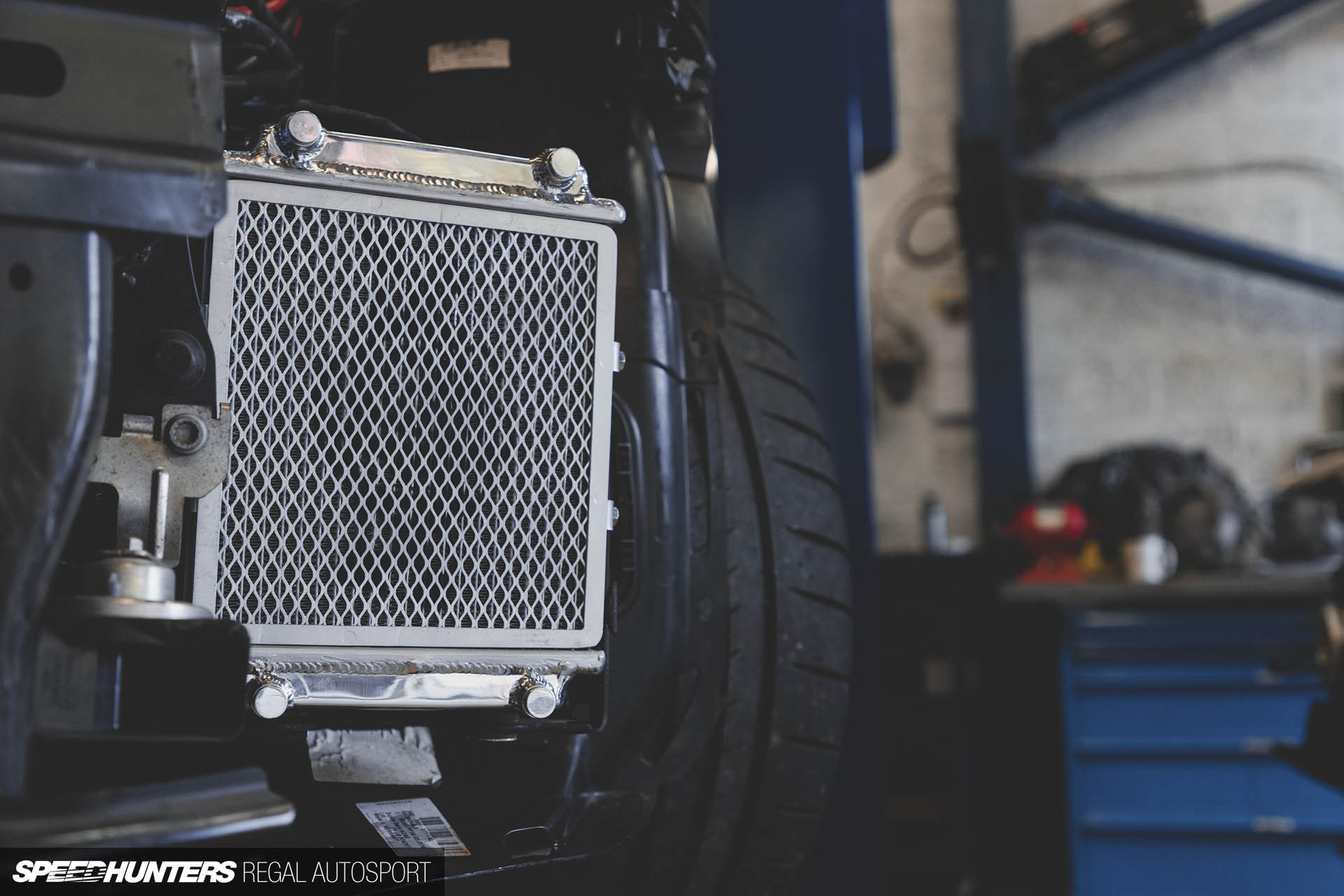
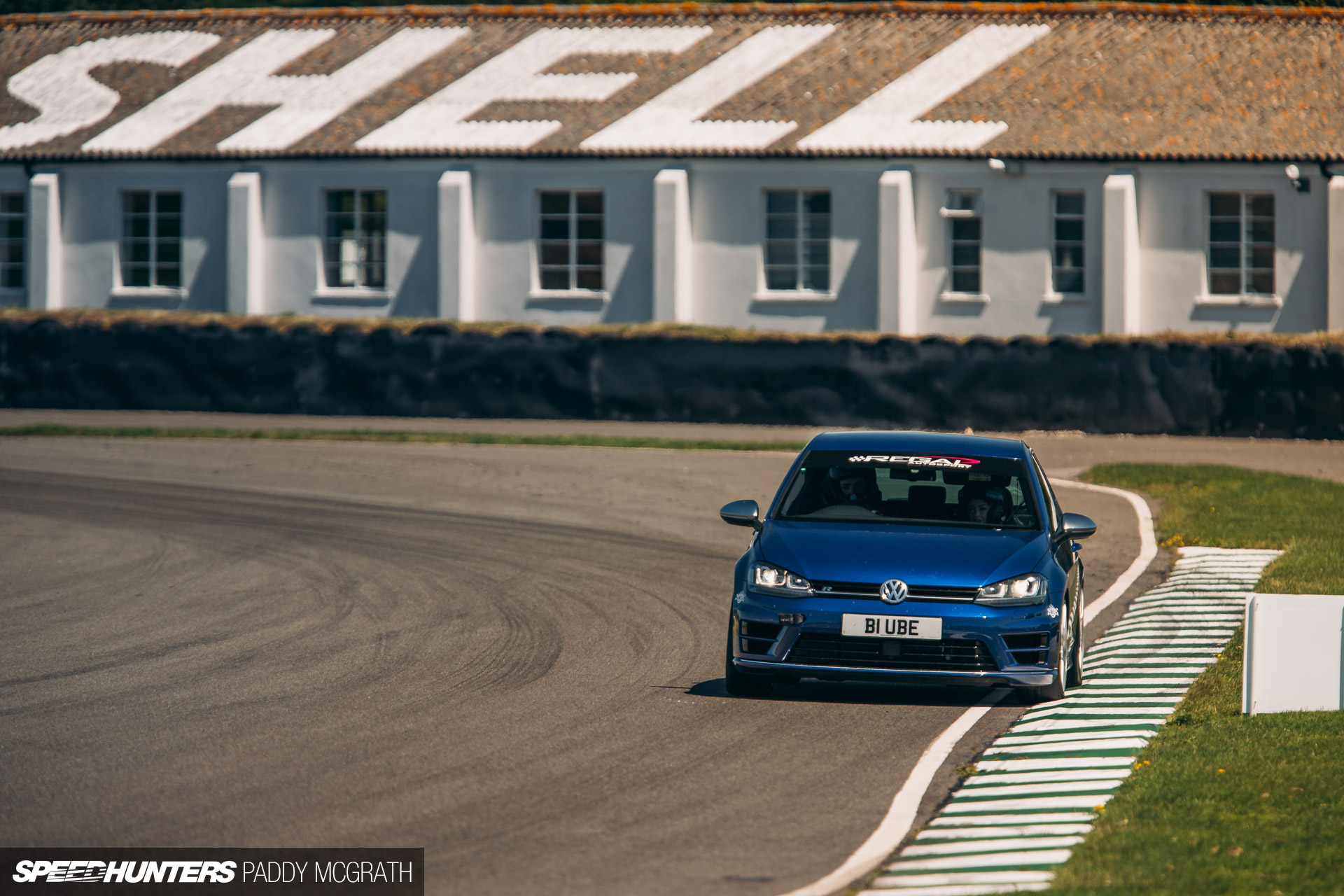
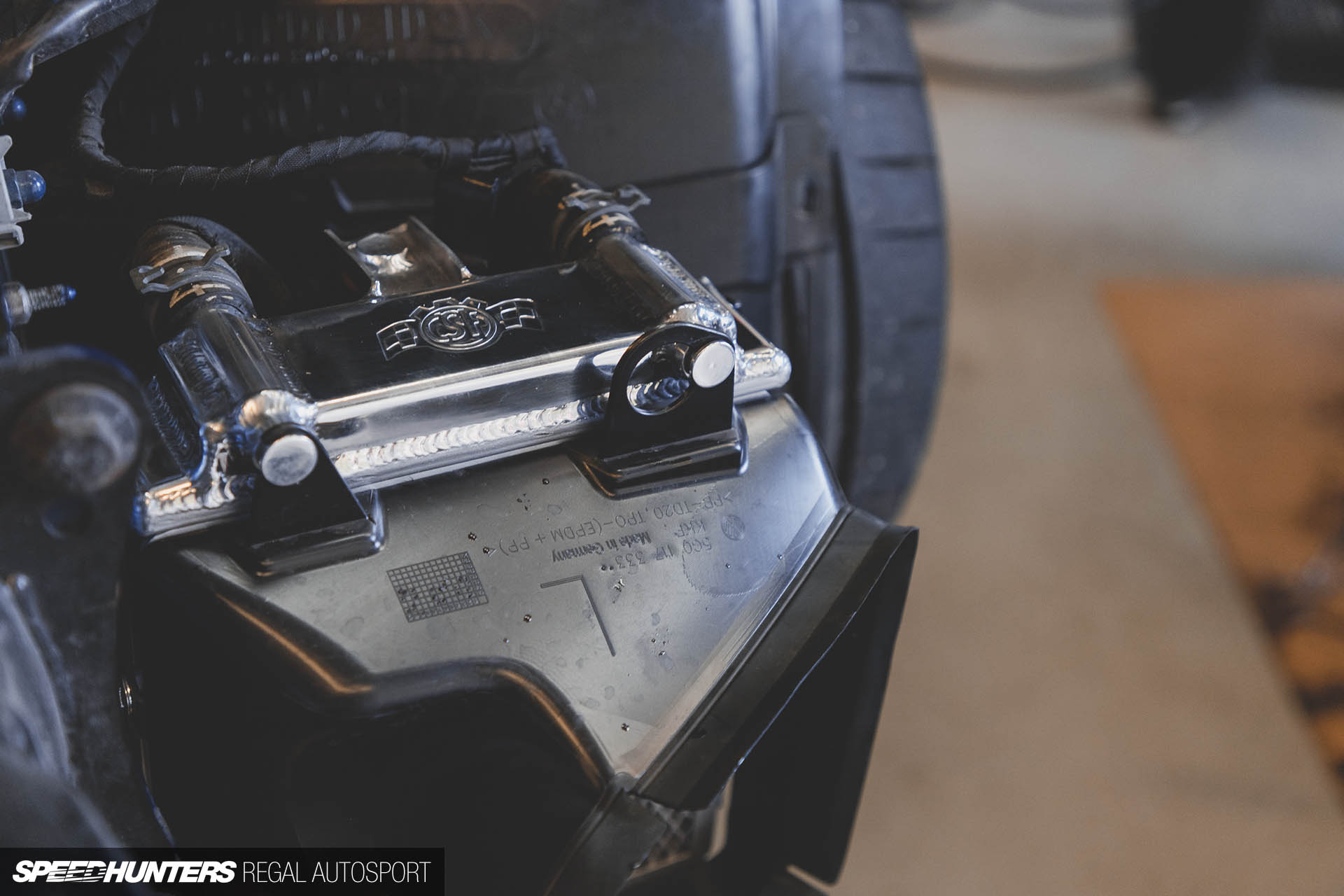
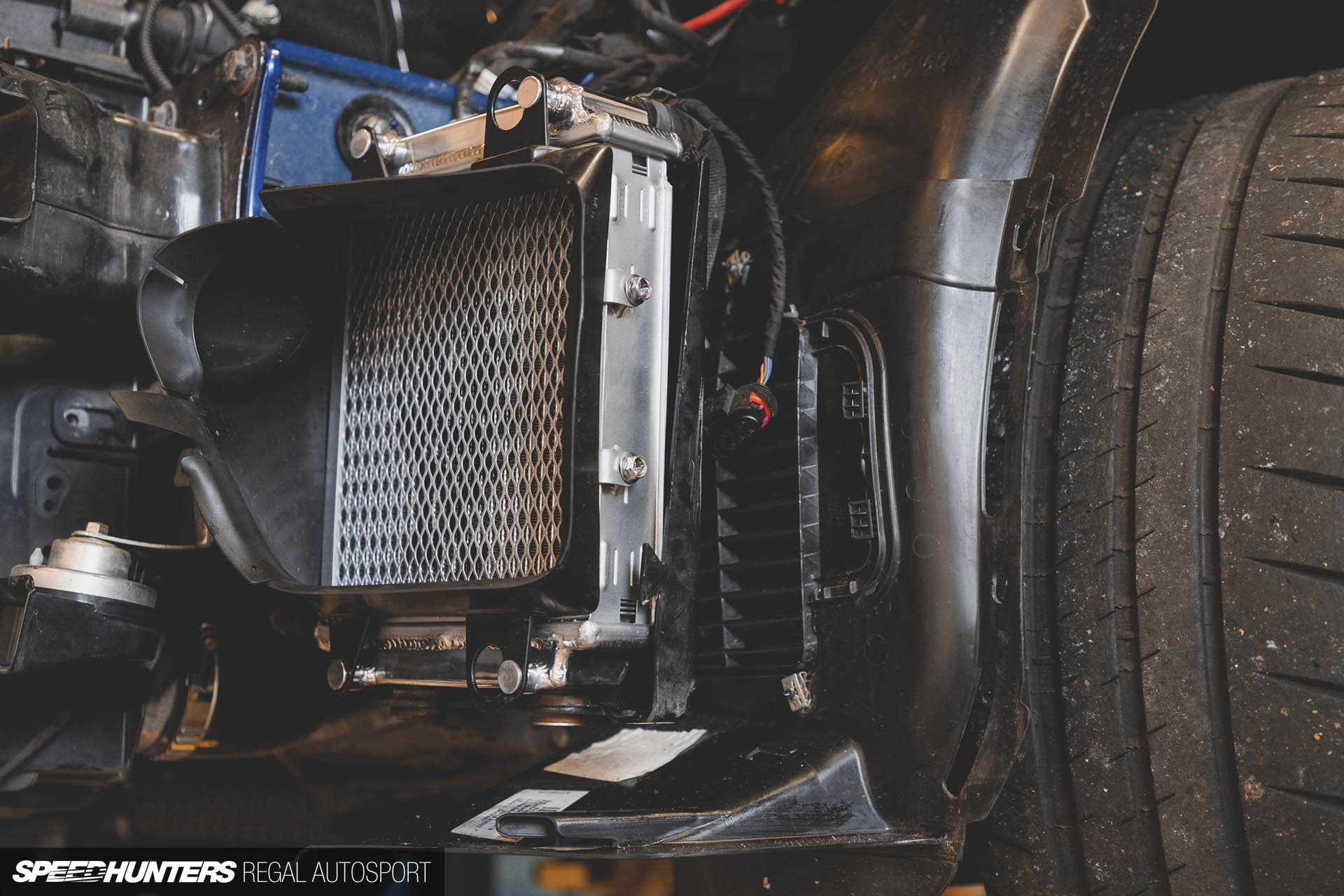
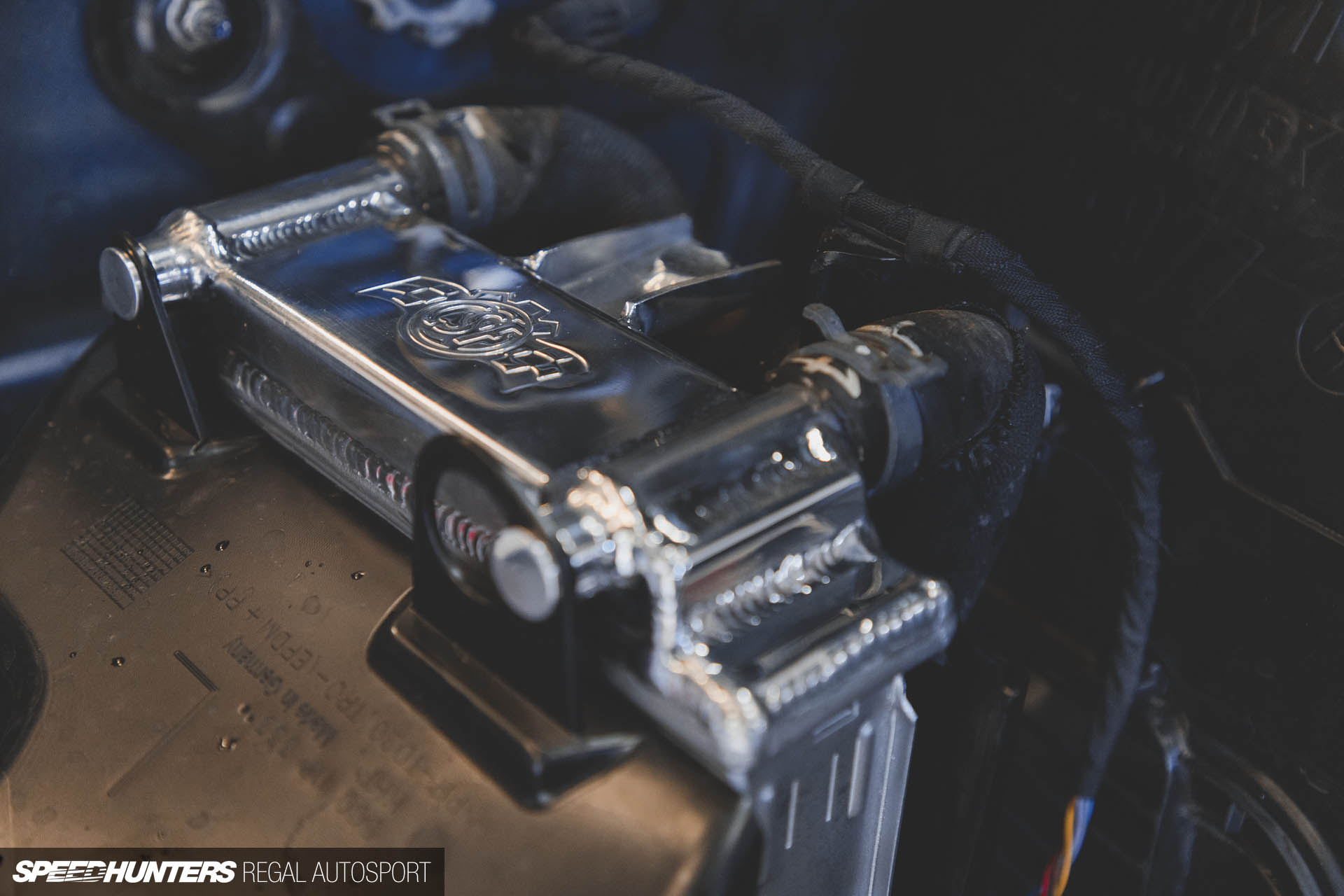
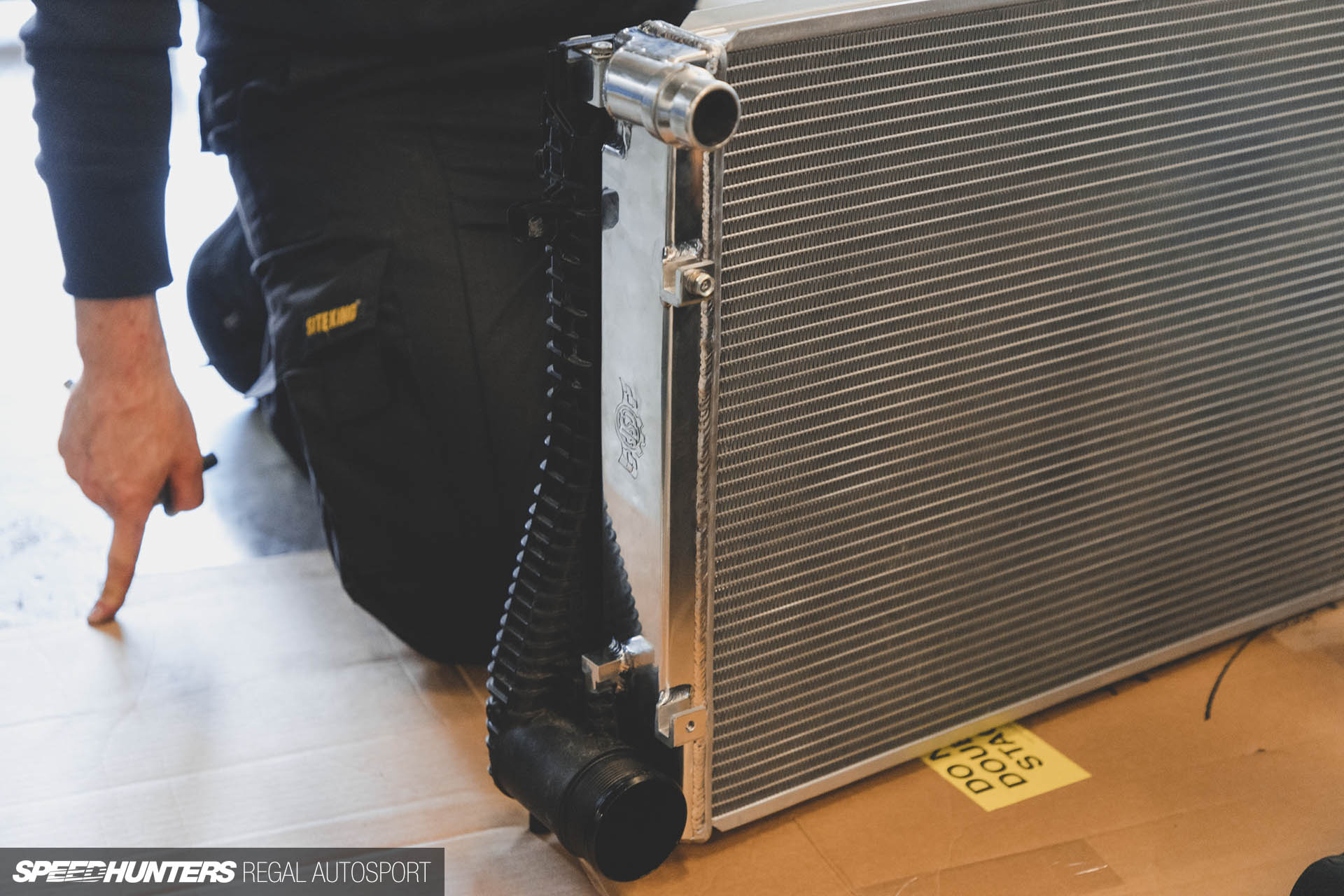
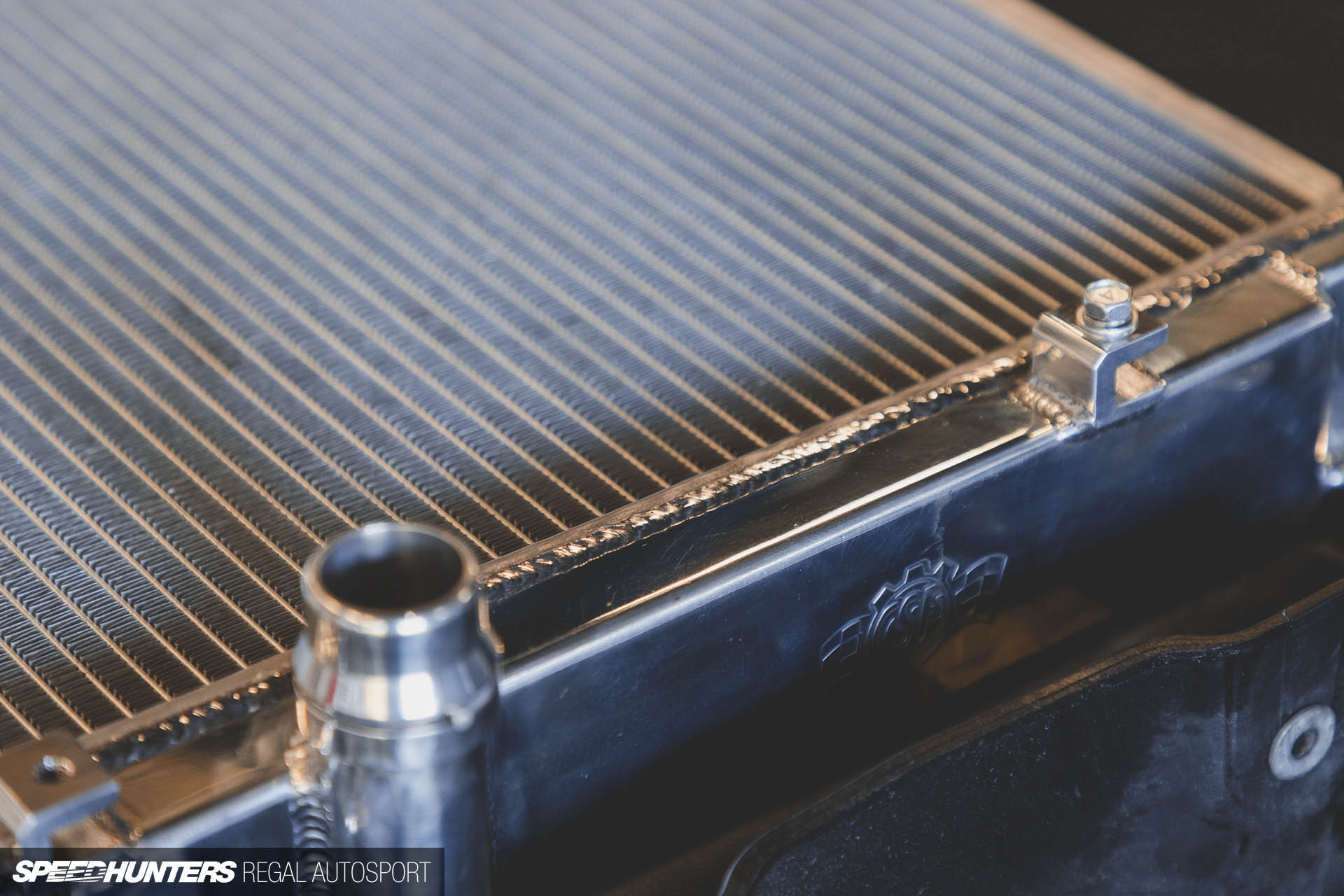
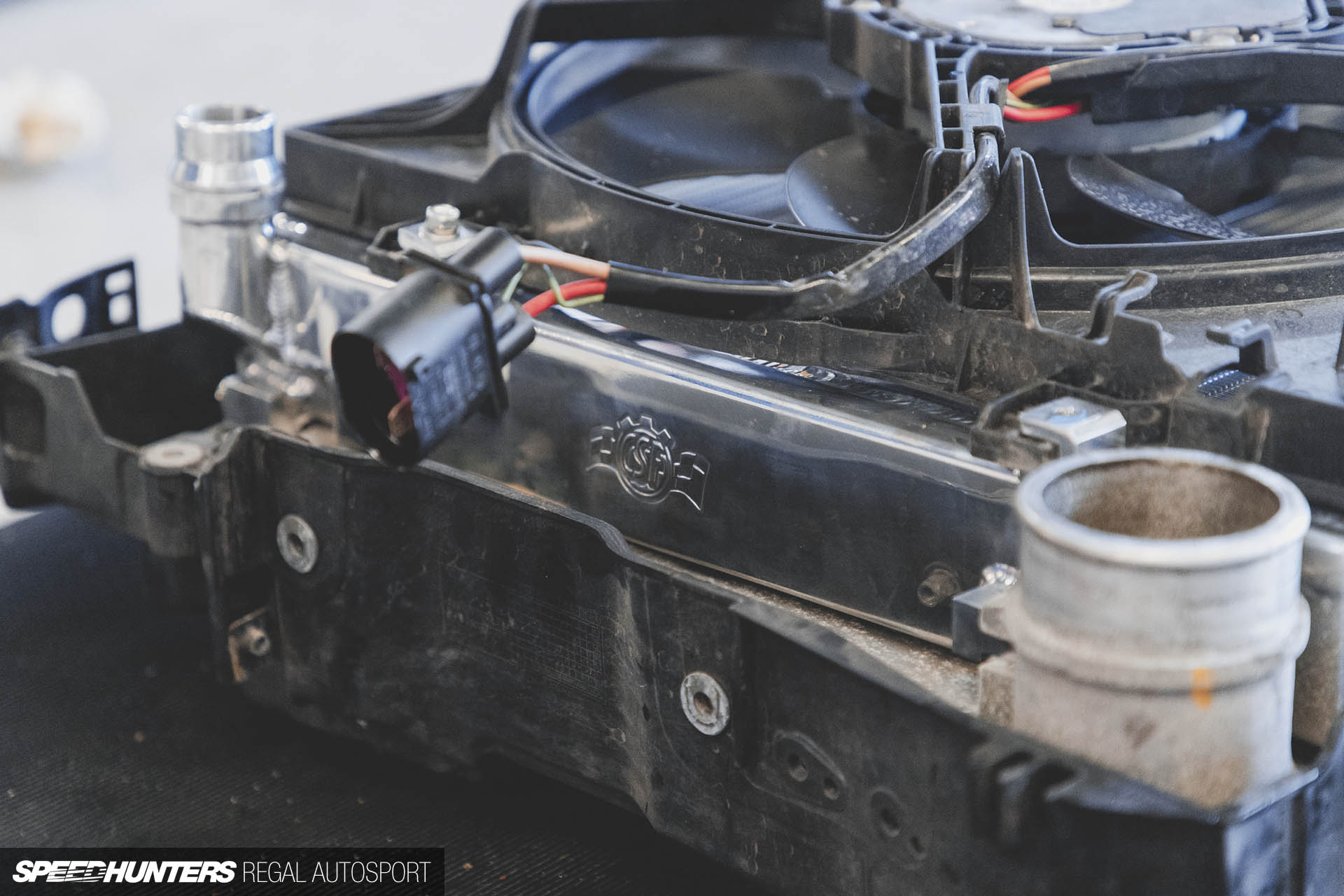
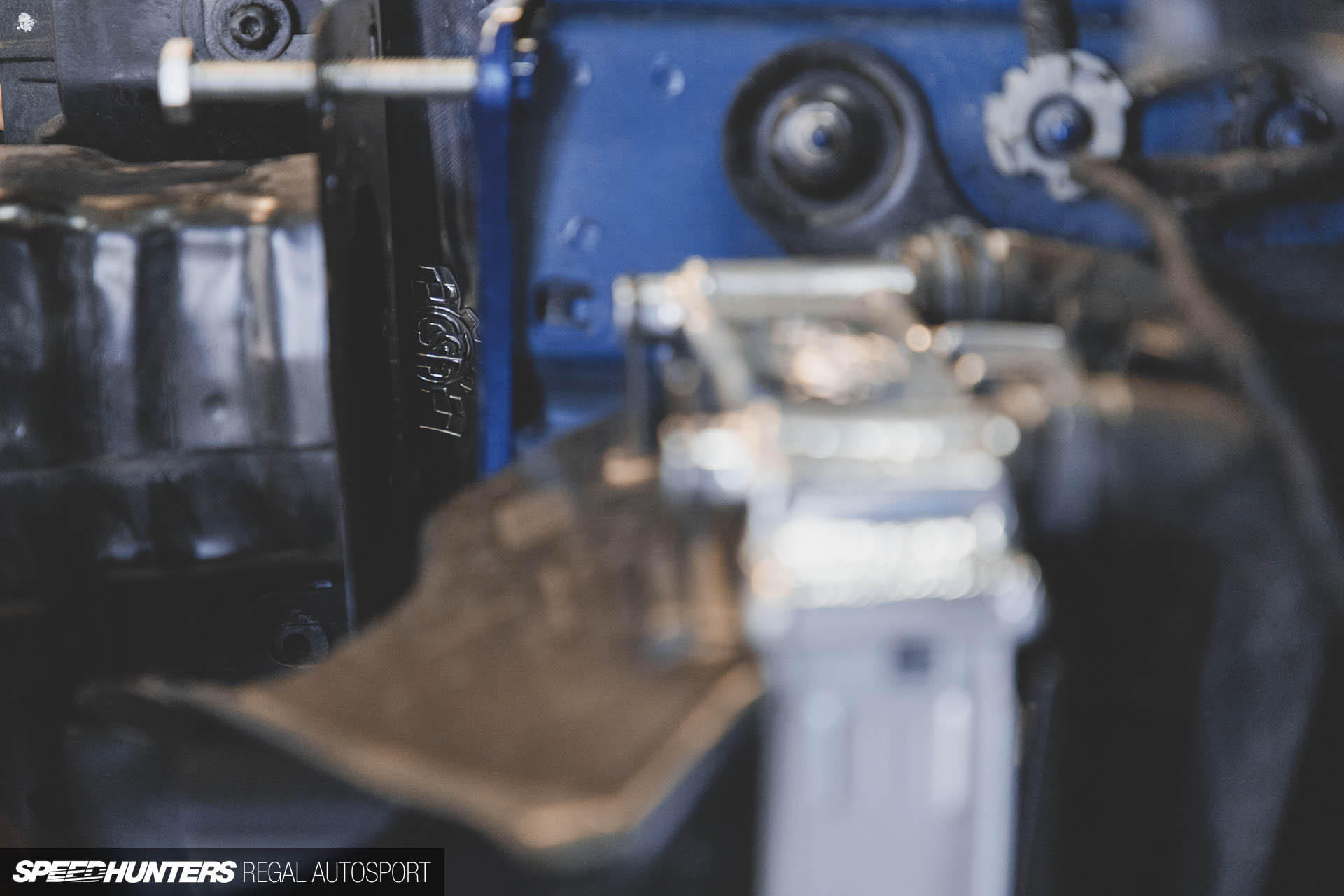
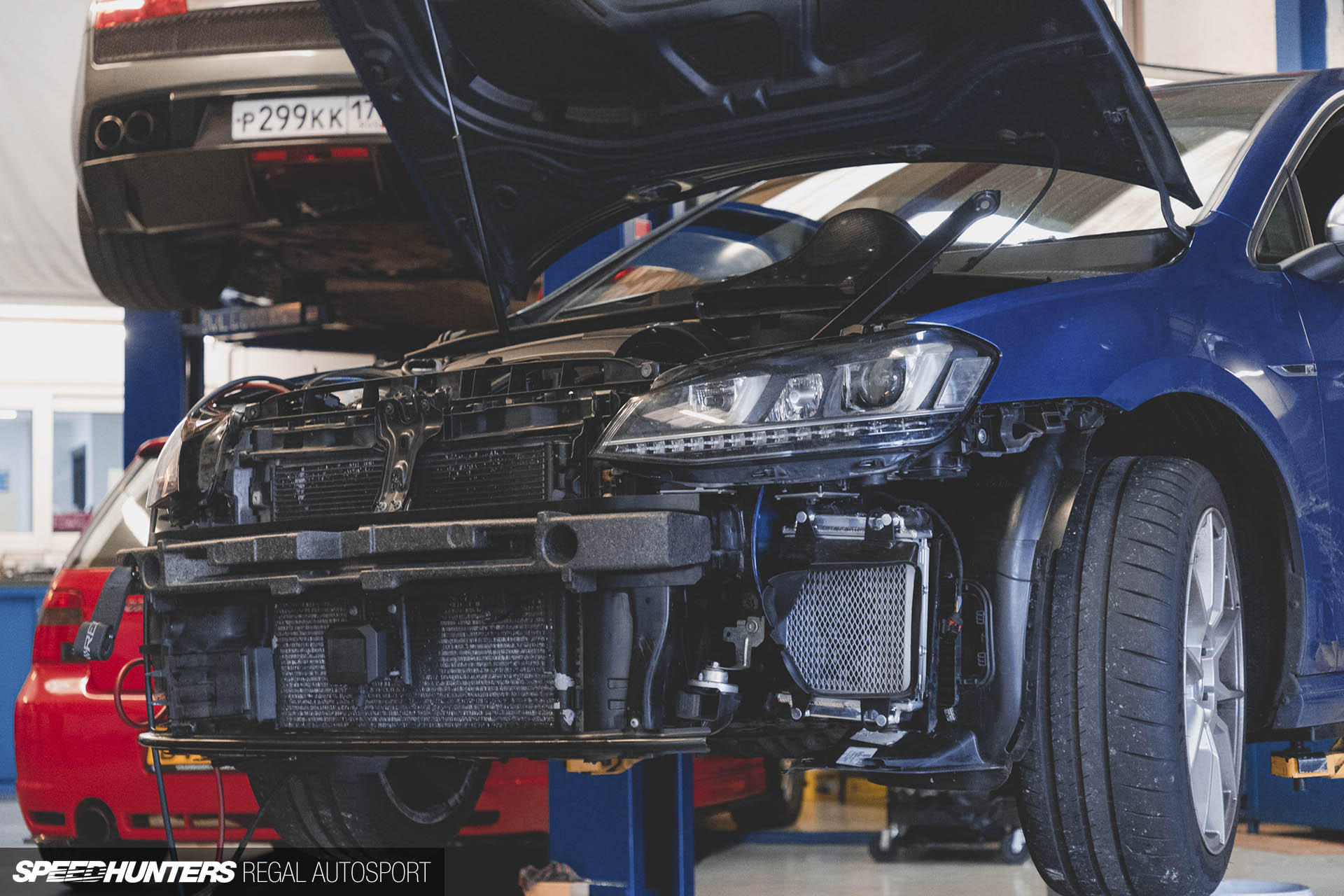
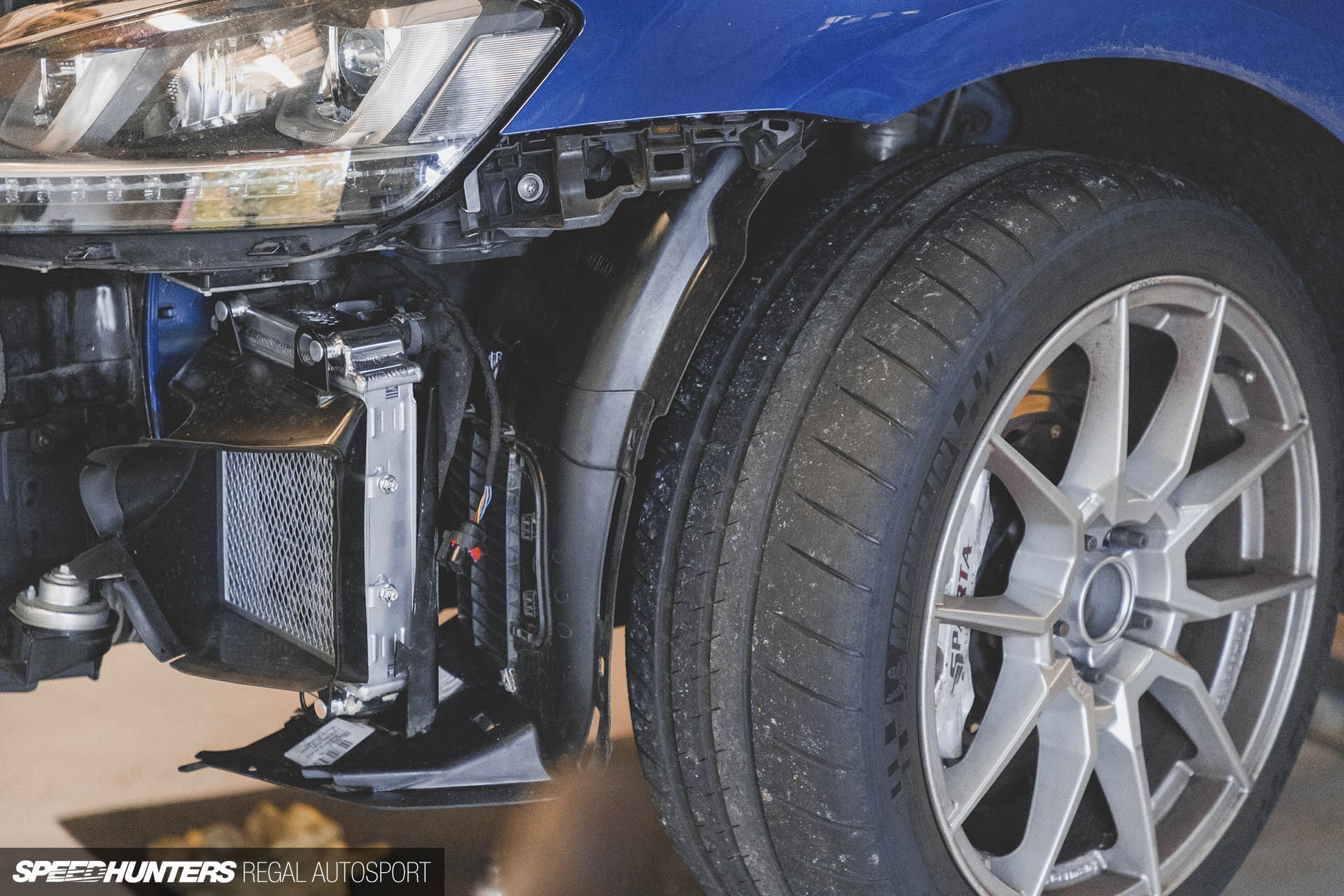




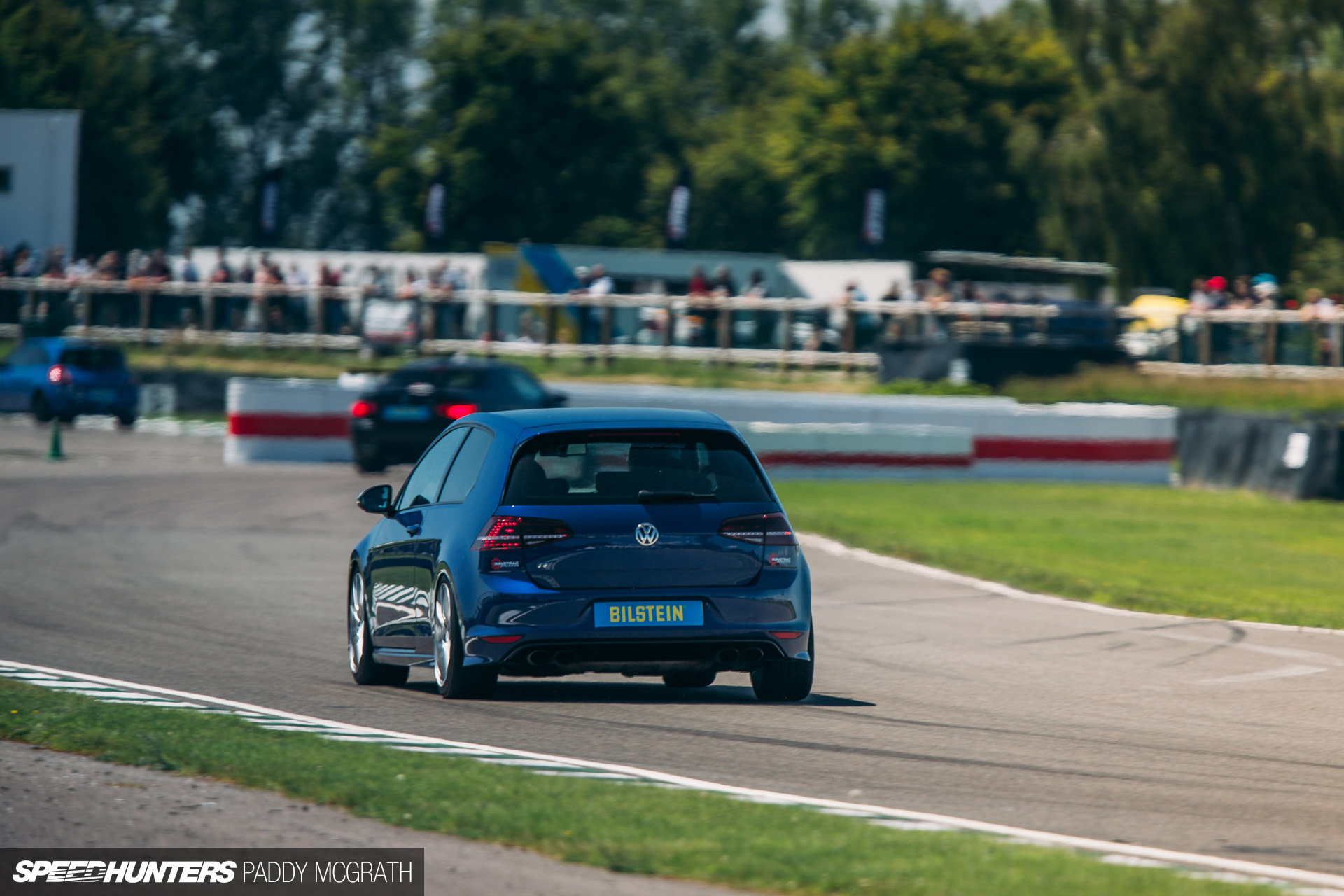

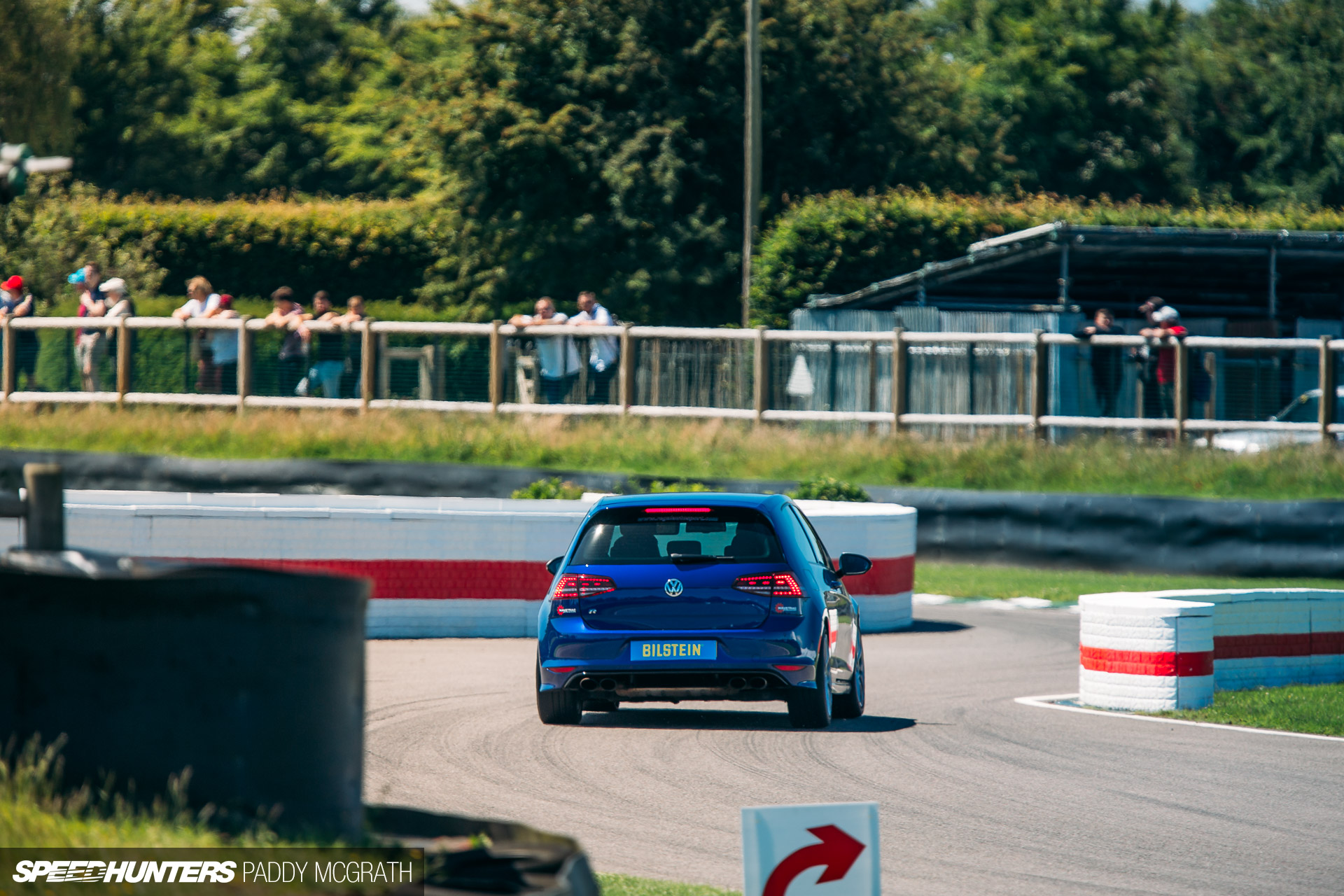

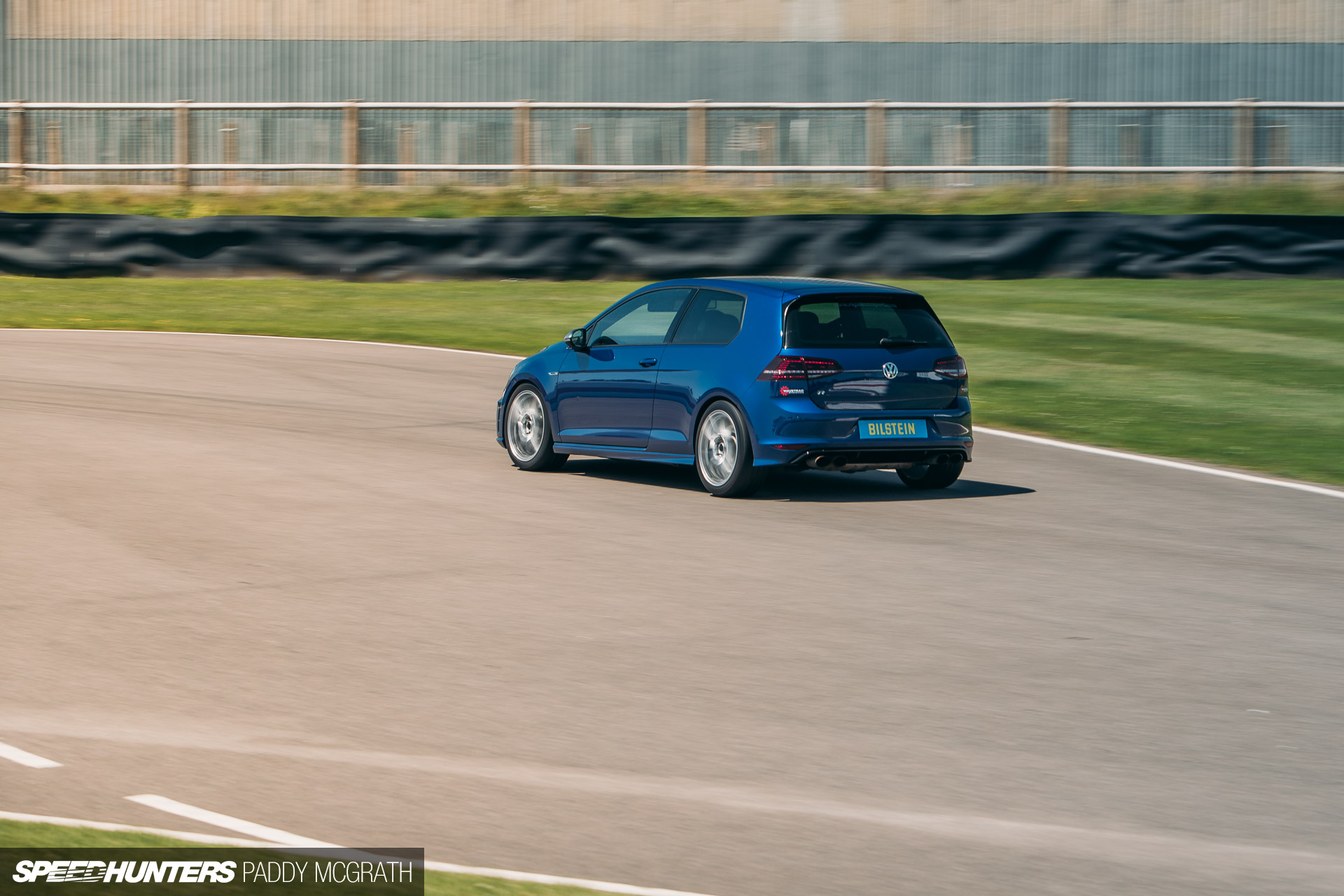



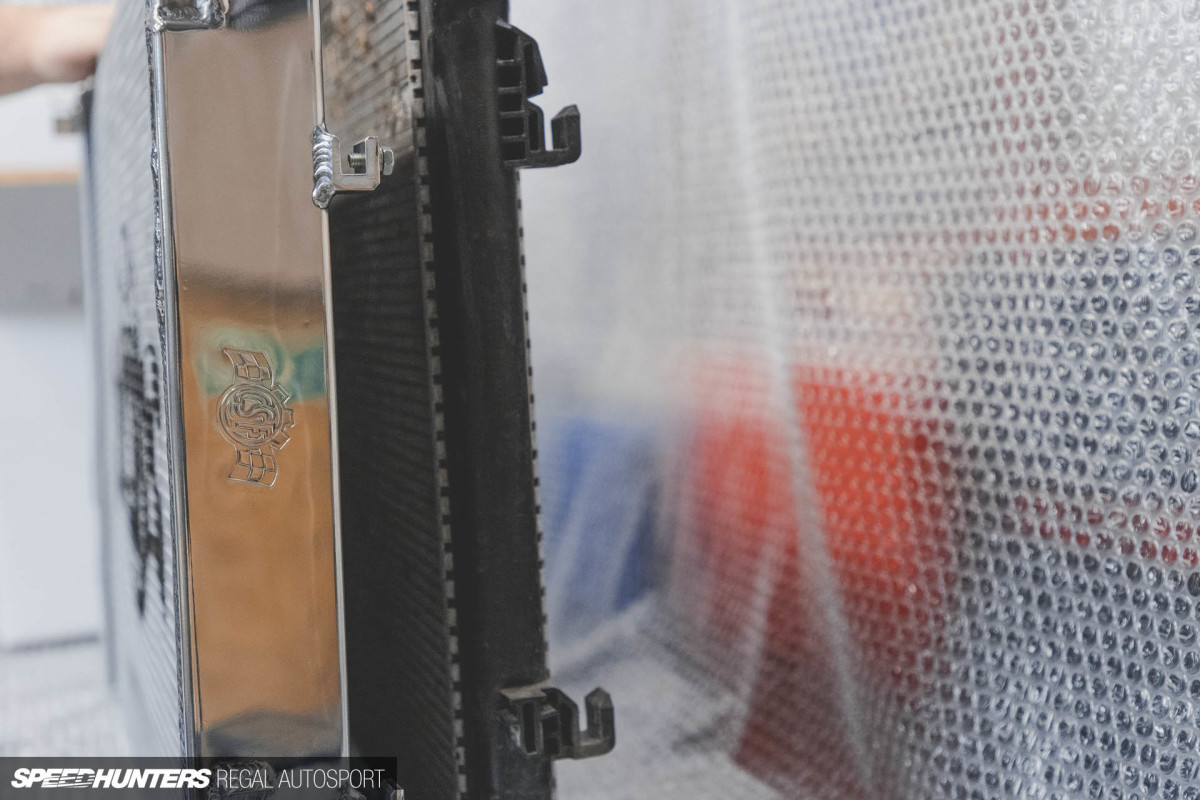
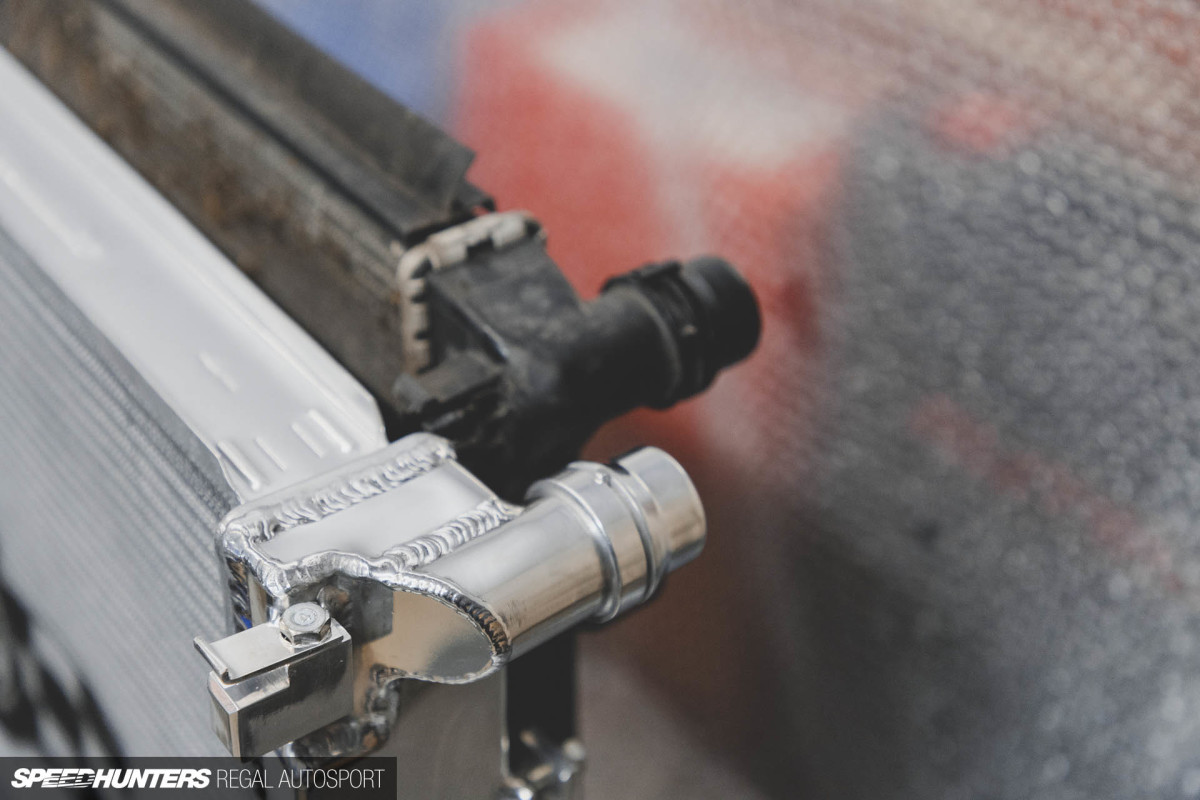

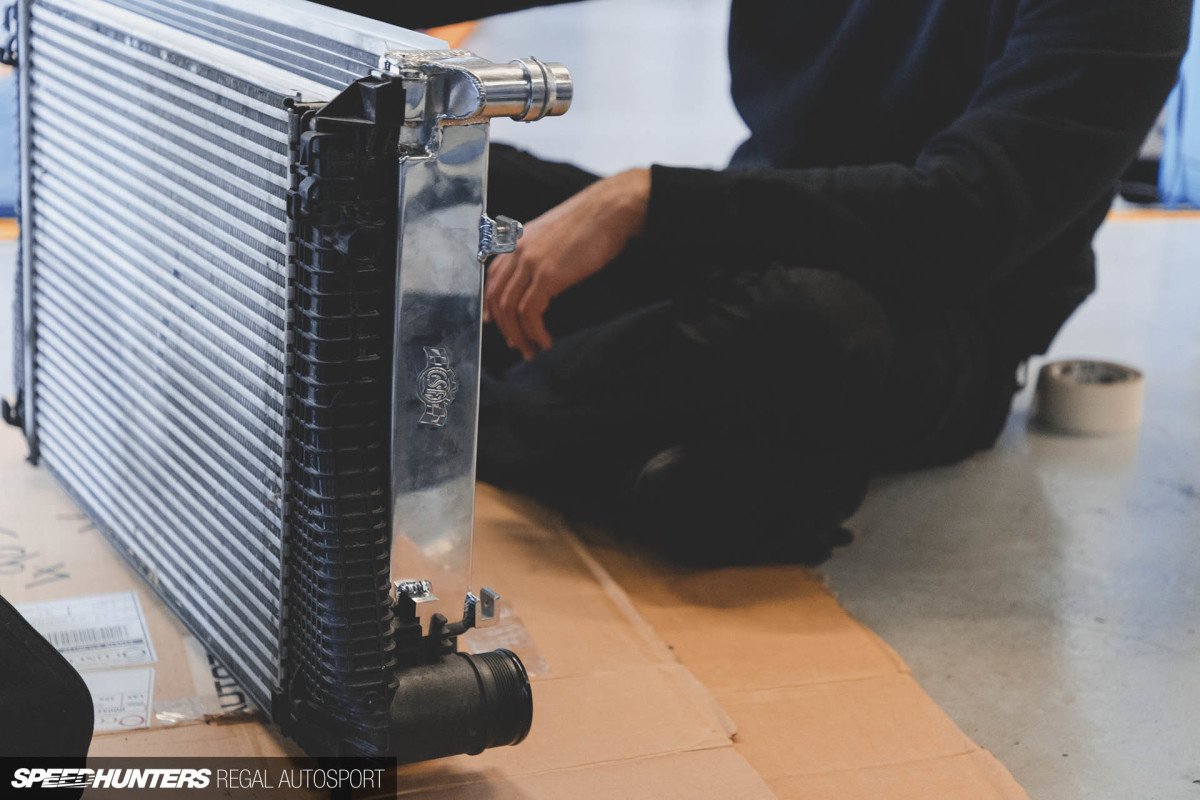
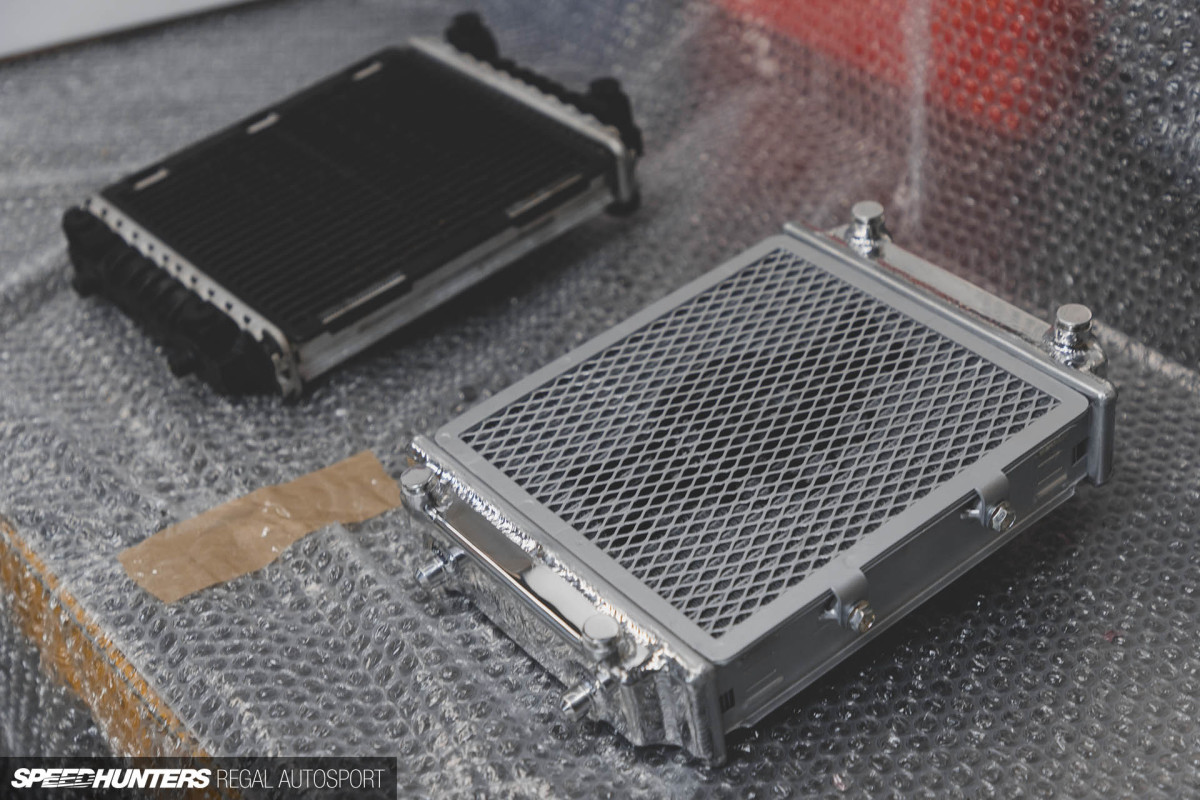
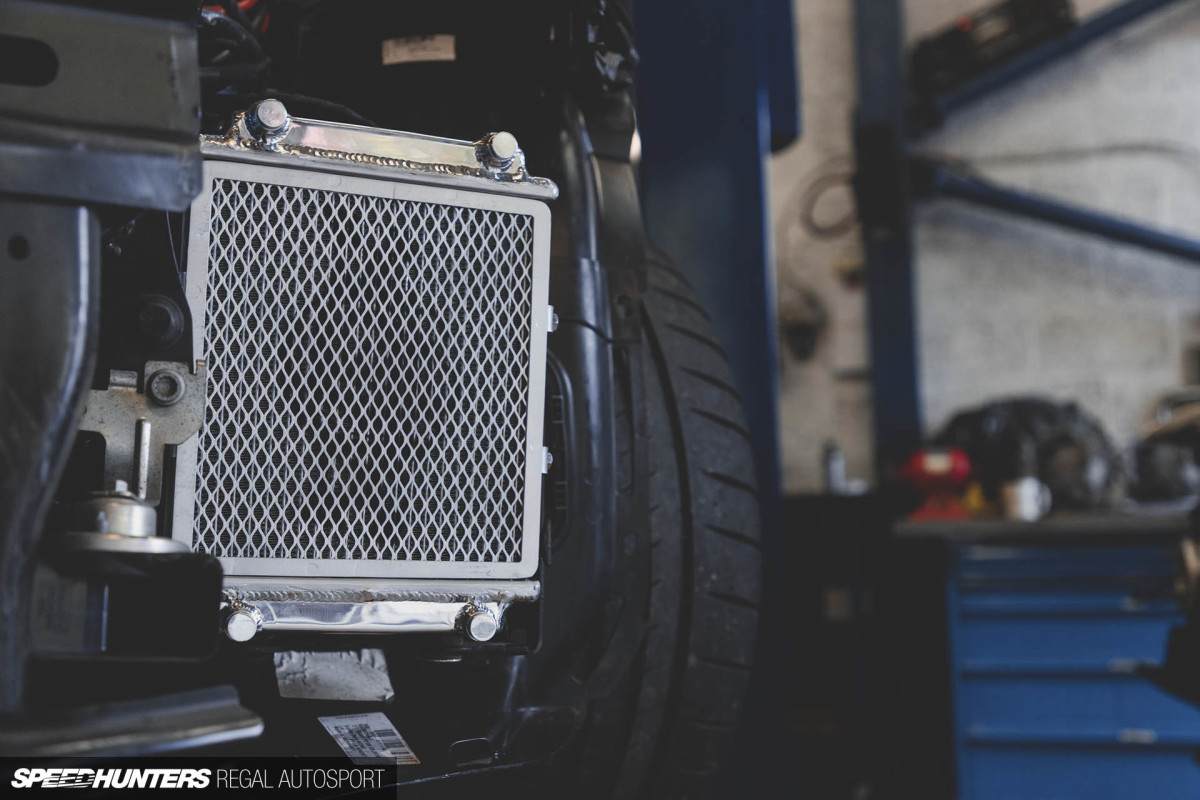

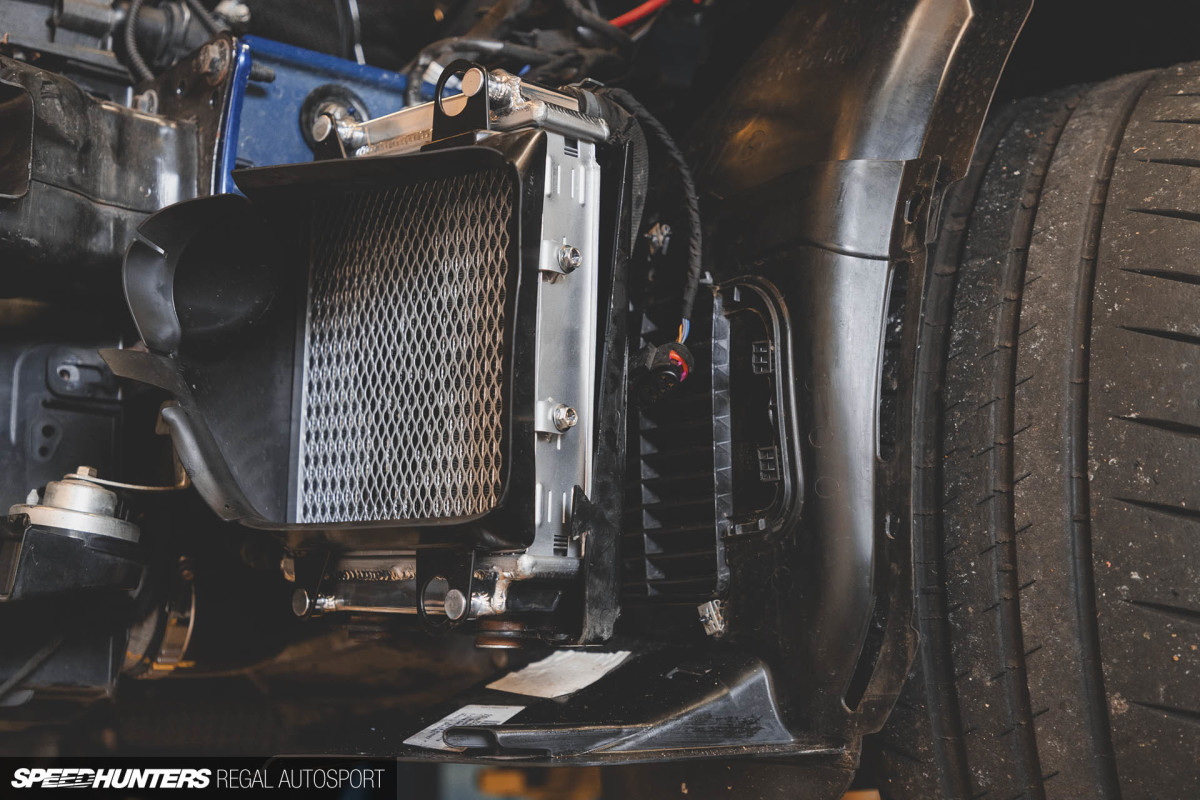
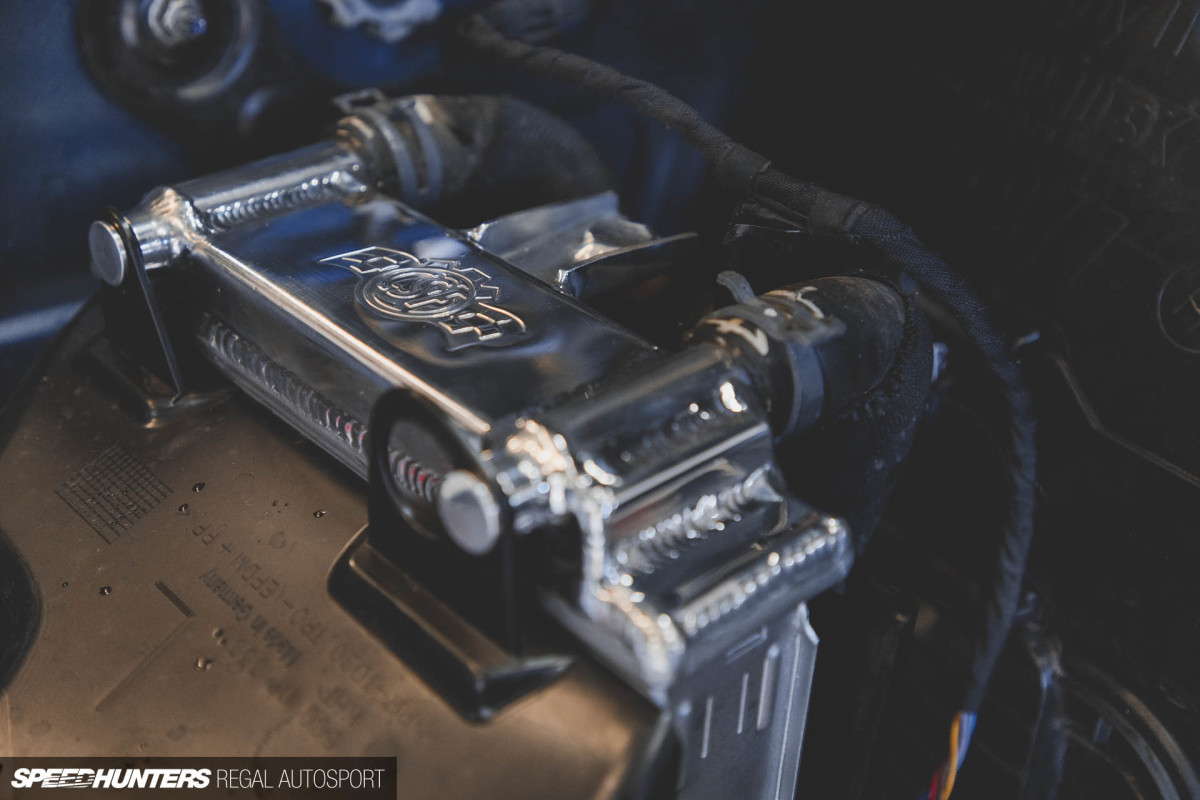
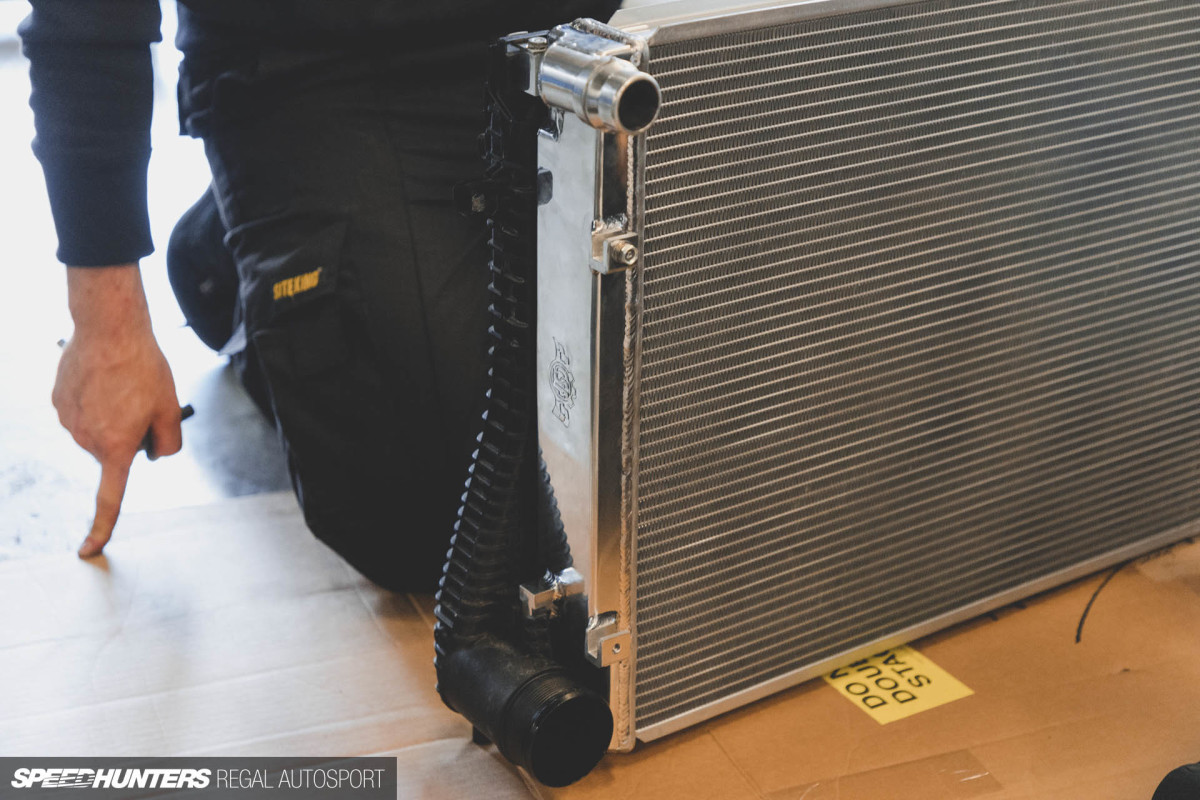
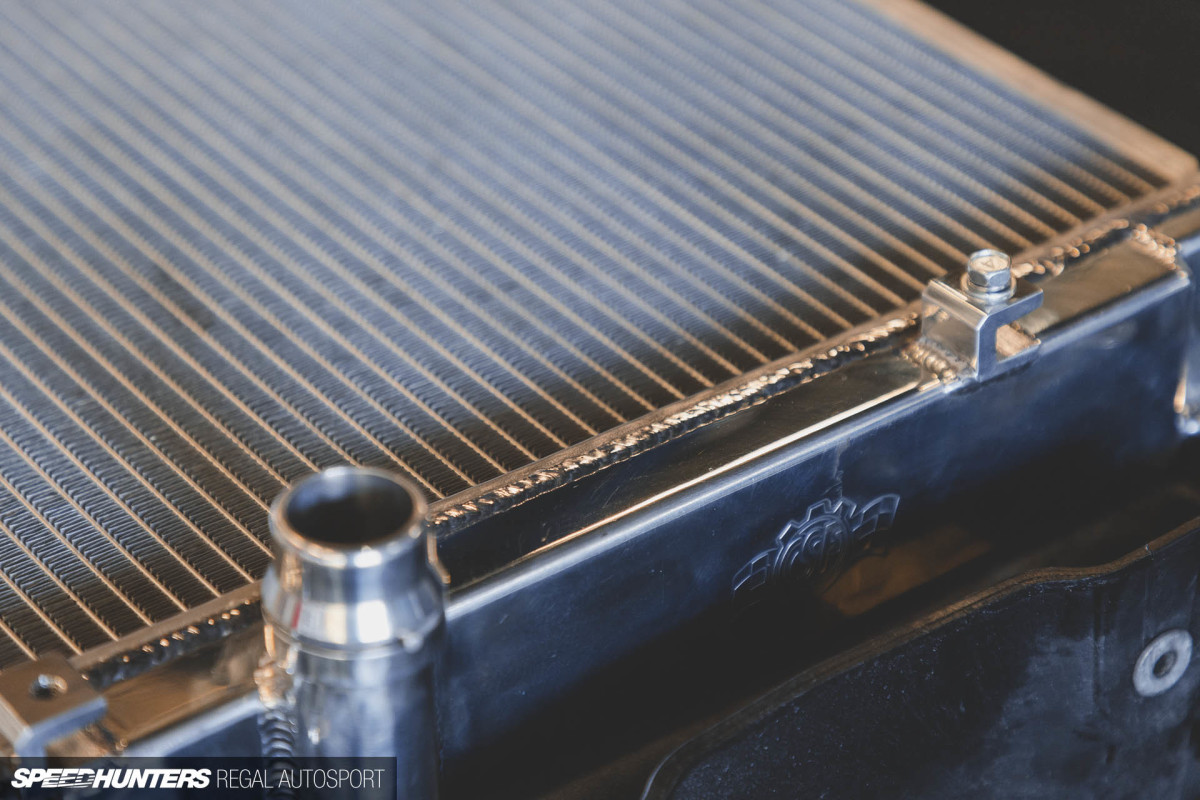
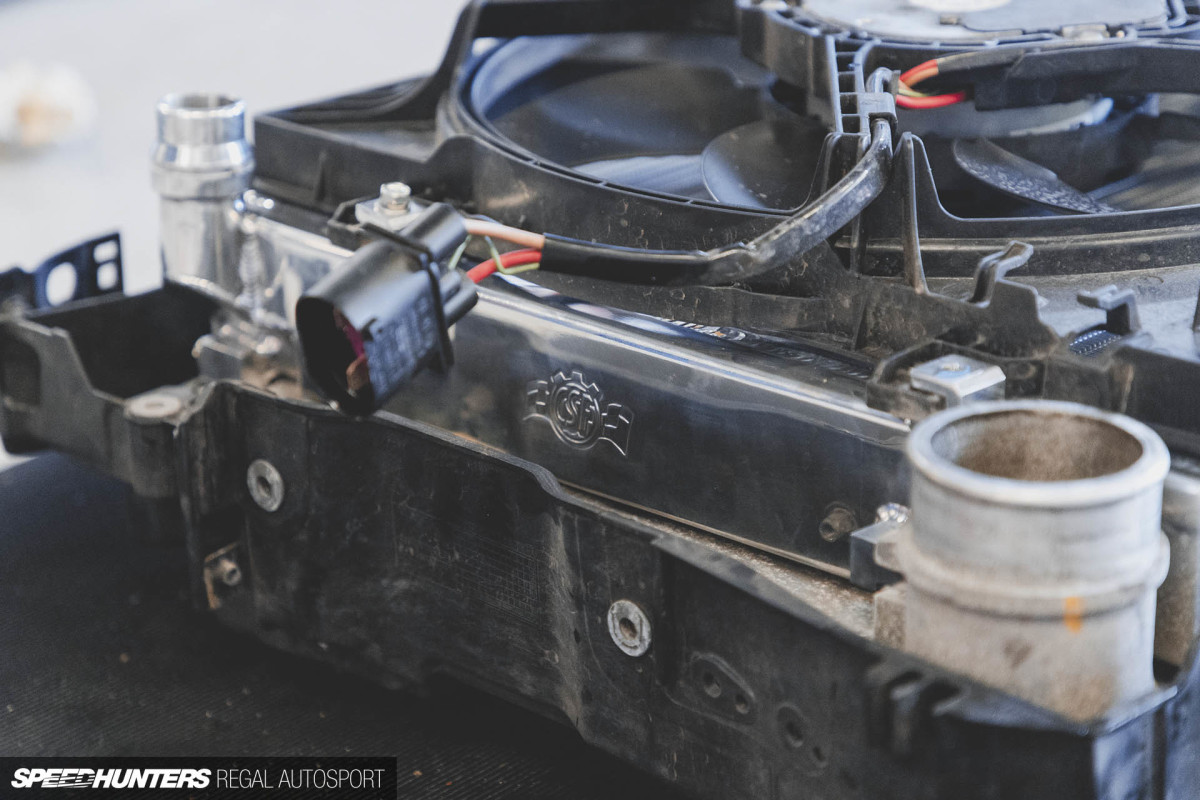
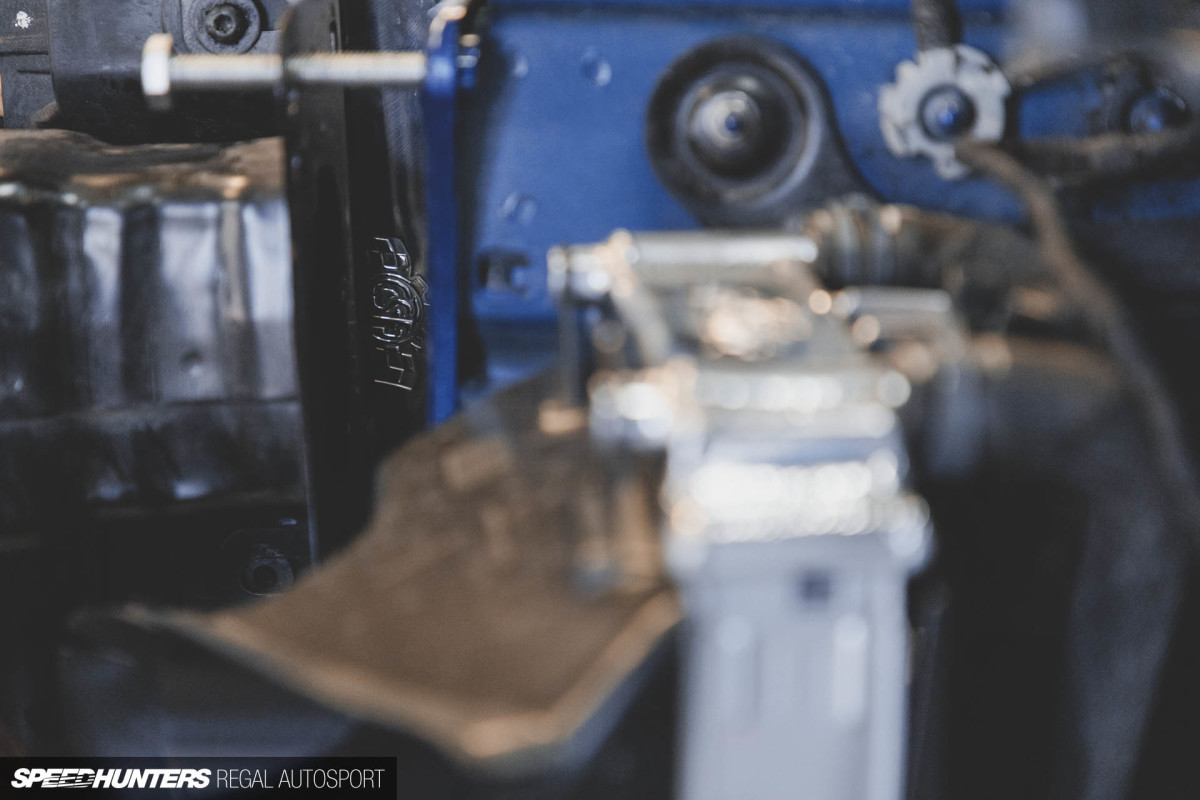
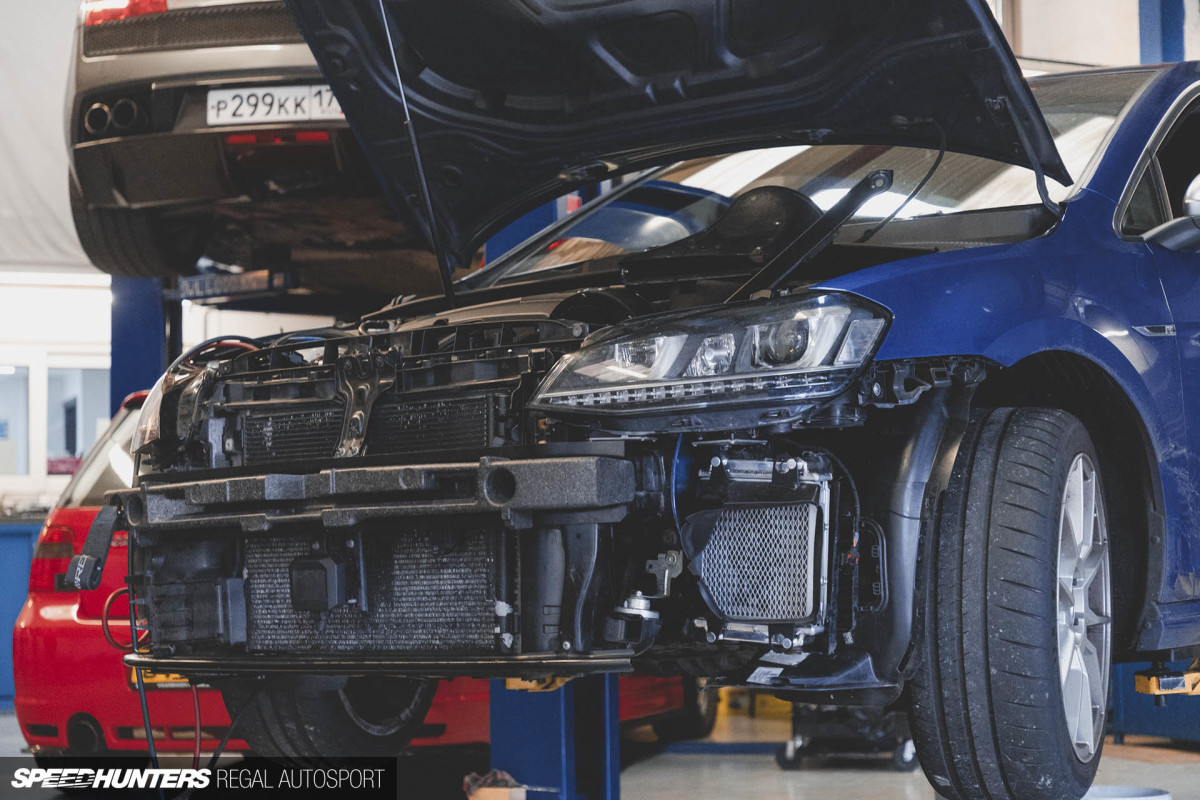
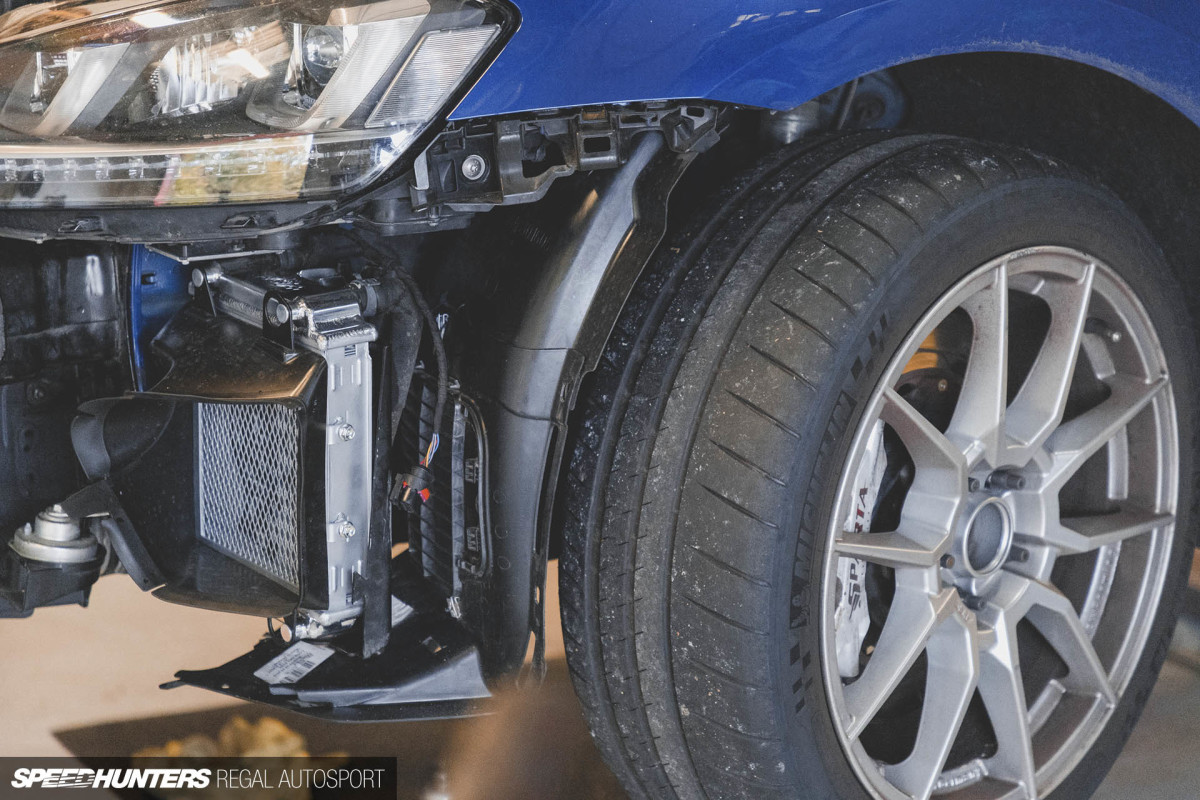




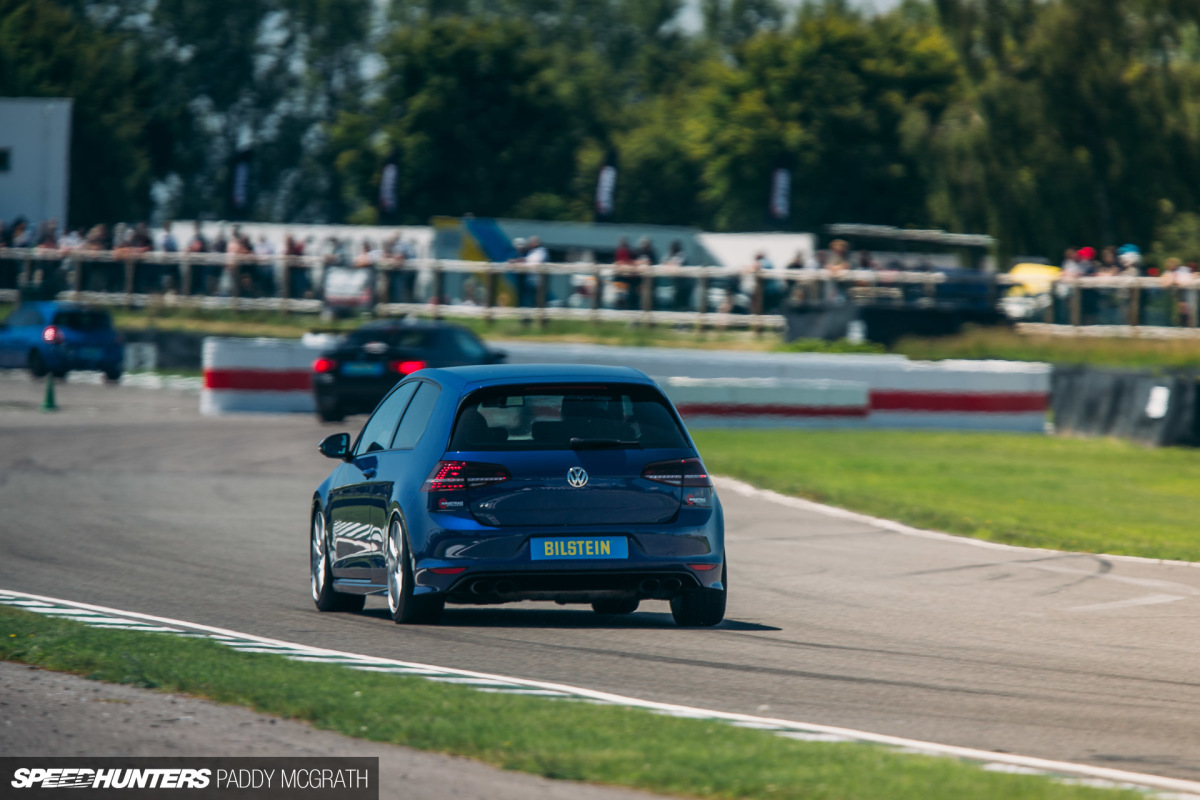

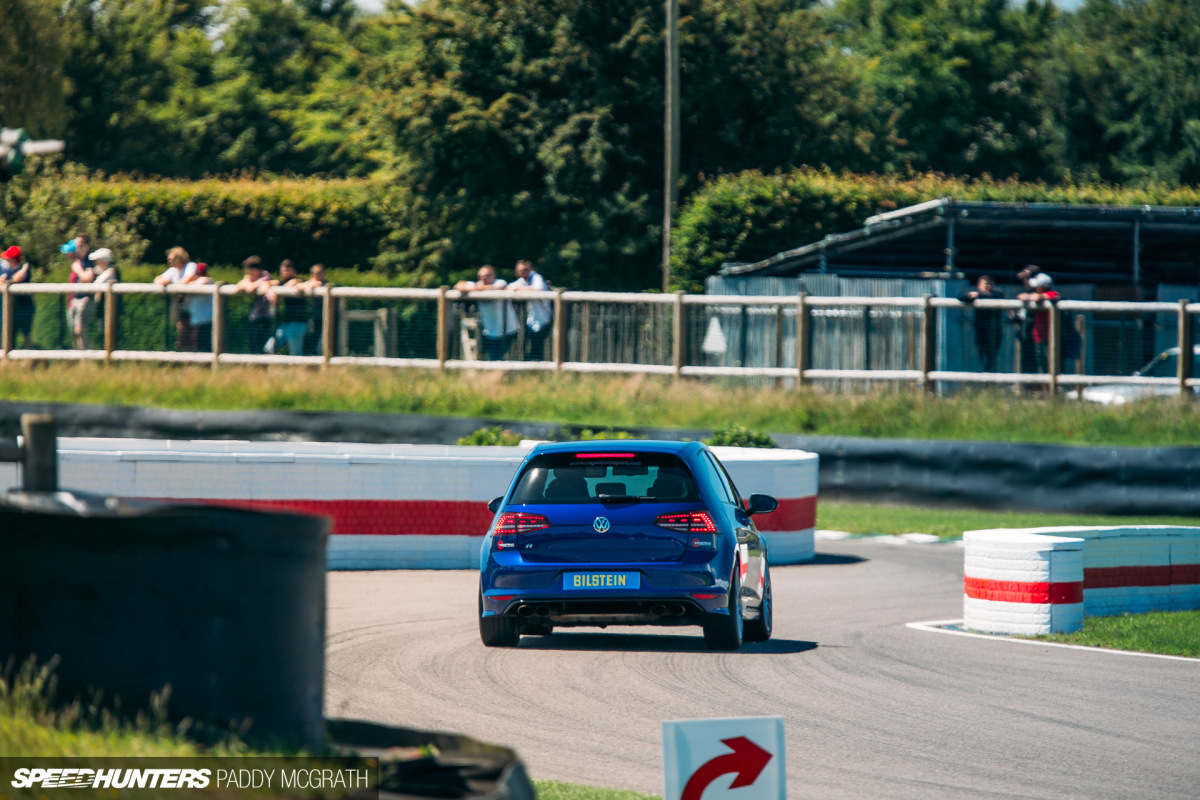

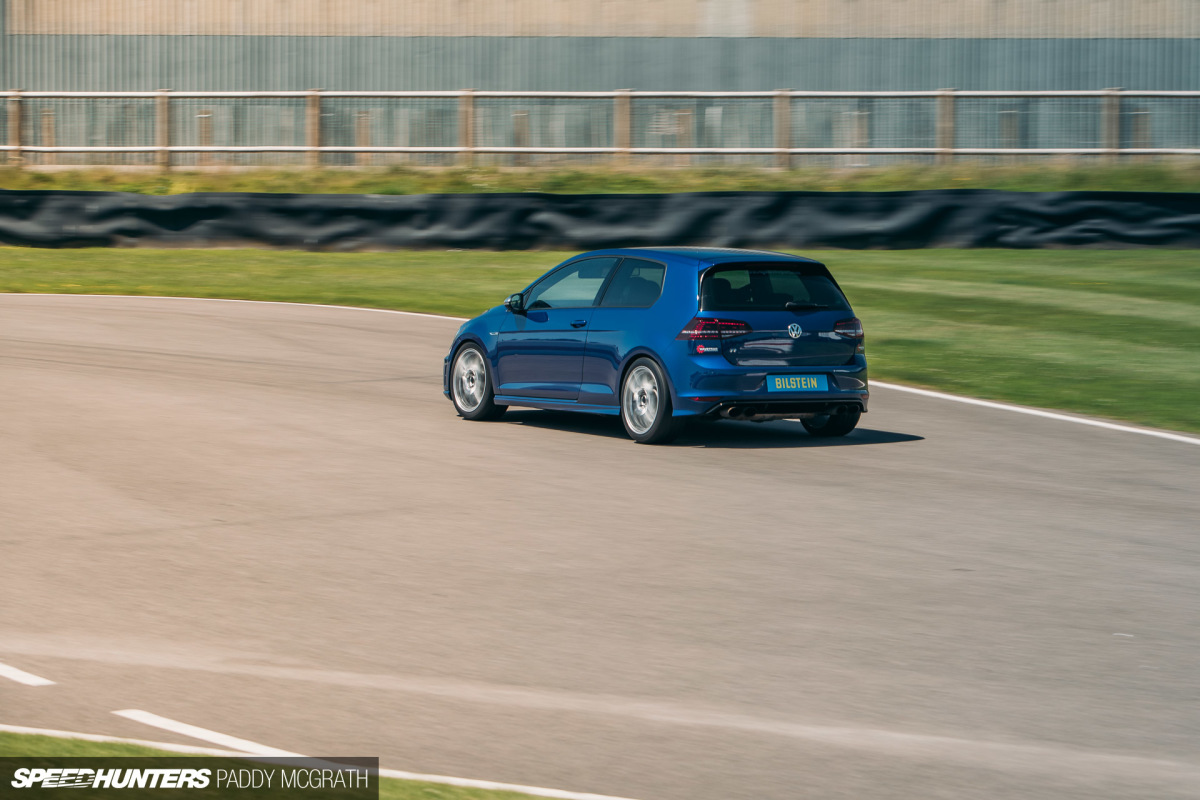





Cool.
I see what you did there.
I feel like this is what makes a sleeper work. Mods have to be well thought out, ingenious upgrades that are a major improvement to otherwise typical devastation.
Nice advertisement
Oh my god. You've found him out! Go you.
One for Autostadt there, Paddy.
Ash owns a great car indeed! Nice to see it on here.
Paddy, you really don't know a lot. Heat is not the biggest problem, MONEY IS!! I put a brand new motor every time the older one pulls a rod or just explodes, better than dealing with a leaky radiator!!!!
Wut.
I know that VW has to continue to improve the emissions on their engines in order to keep up with standards. Unfortunately they keep pushing the tech in their engines to improve more on the emissions and efficiency as opposed to improving performance. Yes, the Gen 3 TSI engines make more power, but not because the engine runs better than the Gen 1 TSI. If I put a similarly sized turbocharger onto a Gen 1 engine, it will easily make the power of a Gen 3. However, the Gen 1 TSI does not have to deal with cooling off the exhaust manifold, uses thicker pistons, rods, bigger main bearings and does not use an oil operated valve lift system (or a plastic oil pan). Once again, I know why VW is doing this, but this progression is not looking good for aftermarket performance enthusiasts.
That's interesting, I think it's the first time I've ever read that (re: internals). I've always found it difficult to find information on the Gen I EA888 as everything online is usually EA113/TFSI or Gen 3.
Have you any resources / links you would recommend?
I had a thermal engineer explain to me how air, especially hot air, acts like water; you need a good path out as well as in or else it just pools up and expands. Radiators and heat exchangers do a great job, but if the hot air doesn't have a clear path to exit then the sweet cool air can't enter. That seems to be where most cars fail. Hot air gets trapped under the hood and just pools up, heating the engine even more.
I second that: It needs to have a clear path from where it enters to where it exits. But also how it exits: For instance: If designed right it can create downforce. If done wrong (read, most road cars) it creates lift. Packaging is the main issue though, so finding a way around it is the hardest part.
Good points.
The side coolers are located in front of factory vents in the wheel arch (picture #17), so they take advantage of these. I'm not sure what can be done with the centre radiator, but it doesn't seem to need that anyways if Ash's temperatures are under control (he's circa 500hp as well).
You'd be surprised.
Vents in the wheelarches create lift. A Wheelarch is a high pressure zone, where air is turbulent as can be be because of the rotating tire. So venting in there is the most cost effective option, but also the poorest if looking at performance.
On LM cars, there is a dedicated flow path. Engine in the back, cooling up front. Which exits on top. Car on the streets that has that would be Lotus Elise/Exige for instance. Or a ferrari 458 or F40. WRC cars manage that by ducting like the Focus/Fiesta.
On a front wheel drive car that becomes horrenduisly difficult because of packaging. It can be done as seen on WRC cars, but one way or another it will require holes. My daily and track car have holes dedicated just for that purpose throughout the car: flowpath for radiator heat, flowpath for exhaust heat, flowpath for each wheel arch, etc. You'd be amazed how much better a radiator works if you direct are accordingly.
For what as currently used it for it may not need it. But what about a busy day stuck in traffic where the car doesn't move at all with the motor running at 30 degrees outside in summer? No incoming cooling, so only fan related cooling, aircon on, and no place for heat to escape?
And I haven't even begin to talk about what that does to sensors, wiring, fuel temps, etc. All in all: Fitting a differnt radiator was needed anyway, but its always better to look at the car as one system, compared to lots of different parts. That way you won't expirience problems elsewhere down the line. Currently thats whats happening. For heat to really not be an issue it needs to leave the car, net just cool the engine and accumilate under the bonnet.
I should have expected a thesis
These are pretty well behaved in traffic, it's only under load on track that they really start to heat up.
At what stage do you think someone should go down the routes you've suggested for a daily driven track car? How do you go about determining these flow paths? Do you think it's excessive for something which isn't a bonafide racecar, and still has a full interior & modern conveniences.
Not to mention, these radiators have provided a full cooling solution for the car in its current trim.
hahahah, this ain't a thesis But since I'm also an automotive writer and photograper, its better to explain it all then to just give a short answer. The people reading mostly don't have my background, so better safe then sorry. Assumptions will only end in ruin....
But since I'm also an automotive writer and photograper, its better to explain it all then to just give a short answer. The people reading mostly don't have my background, so better safe then sorry. Assumptions will only end in ruin....

As for your question: Thats an easy one: Just measure under bonnet temps. Everything over 65 degrees is to hot. Especially around the fuel lines (vapor lock and loss of horsepower. Around the ignition leads and coils (bad spark and sorter life).
But then again: When looking at it from a performance perspective: Better be safe then sorry. The only reaso not to do it is from an estatics perspective. And if that is more important, I couldn't make any statement that would change that persons mind anyway
Flowpaths are simple: Air comes in, gets directed to the radiator ,so first of leave no gaps. Air that can circumvent a radiator will always try that first (path of least resistance). After that, continue a path to exit the car the most unobstructed way possible. So basicly use ramps/enclosed structure). Exit up top via the bonnet, or on the sides of the car. Make a tiny lip in front of the opening to help extract flow. 2cm high works best in most cases, can be metal, but can also be rubber. That way it'll deform the faster you go, but will still provide a sepparation line. Look at the porsche 917 for a good example.
And yes, mine still kind of has a full interrior, although my interior was sparse to begin with. It will always benefit every car, as it done right it will also increase fuel milage, because it decreases drag and ads a bit of top speed. In essence air has to go somewhere, and if it can't go anywhere it'll produce drag.
There is one drawback though: emissions. Its the same as with fitting a biger radiator. As temps drops, so does the operating window of the cat and the direct injection. Once warm it shouldn't be any problem though.
As for the cooling solution: It works with the new radiators, not against it. But you can expect decreases in oil and cooling temps. So instead of the high end of 130 degrees oil temp, you could get as "low" as 110 degrees. And gain a km for every litre of fuel.
So i short: It's always worth it, as in essence the cost will redeem itself in fuel savings and more power.
Biggest drawback is one thing though: Debris can get inside of the paths, so you will have to clean then once in a while. I use vents to minimise that.